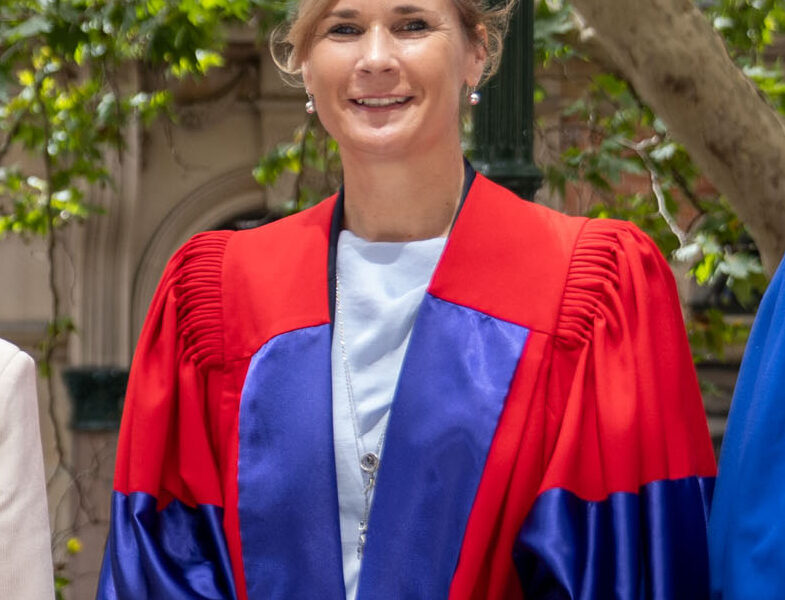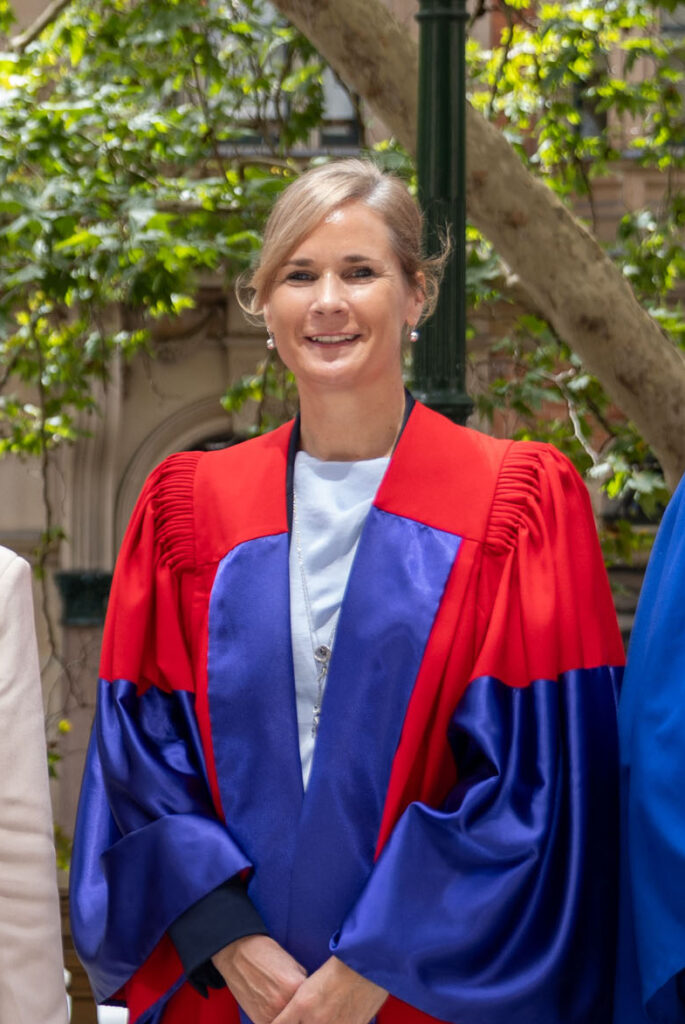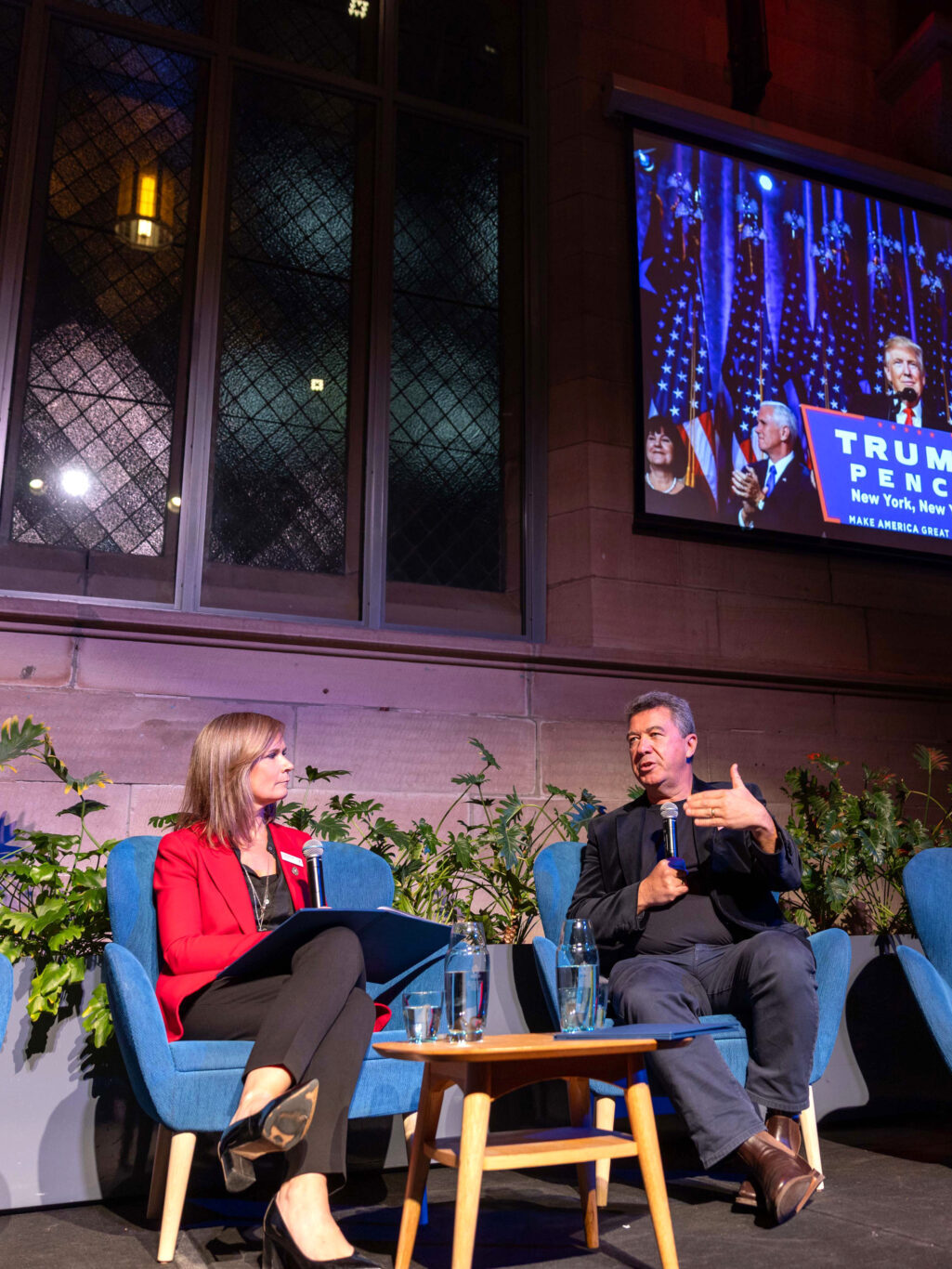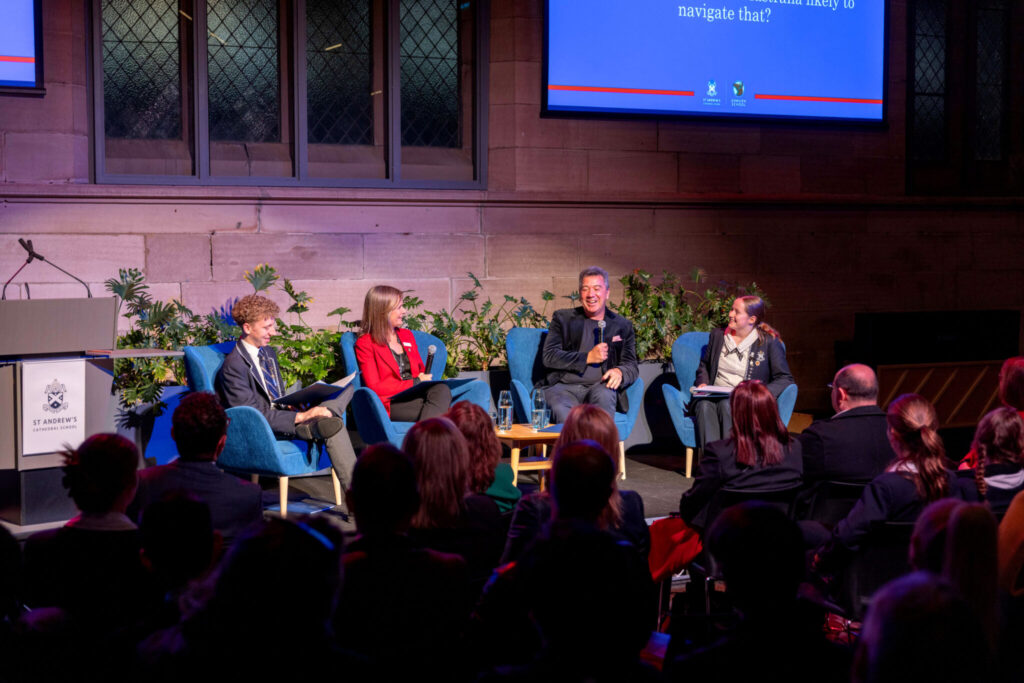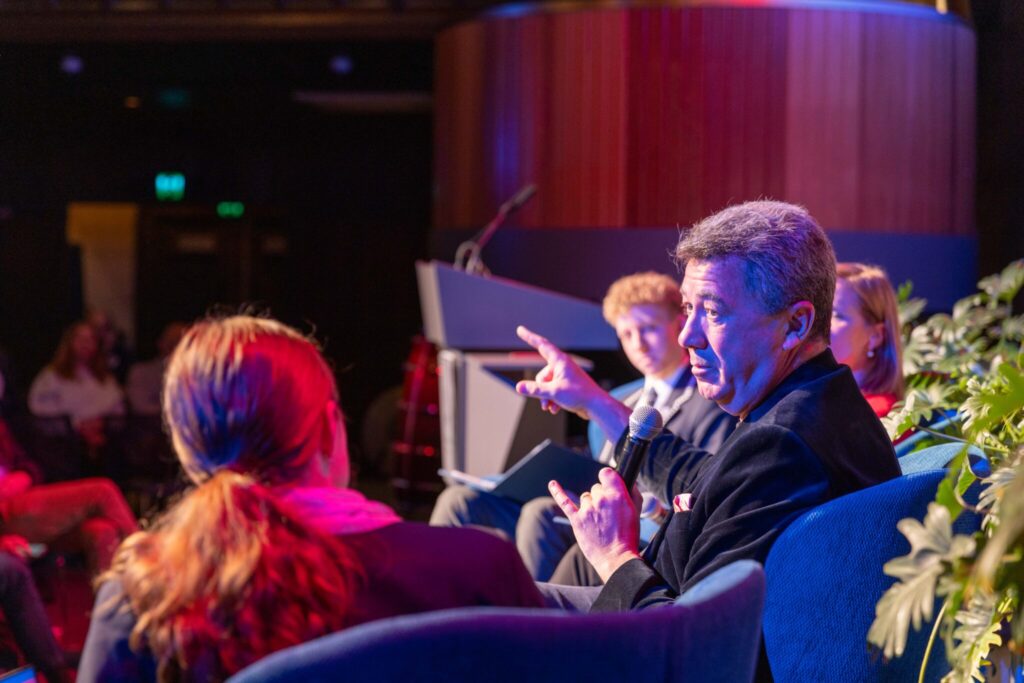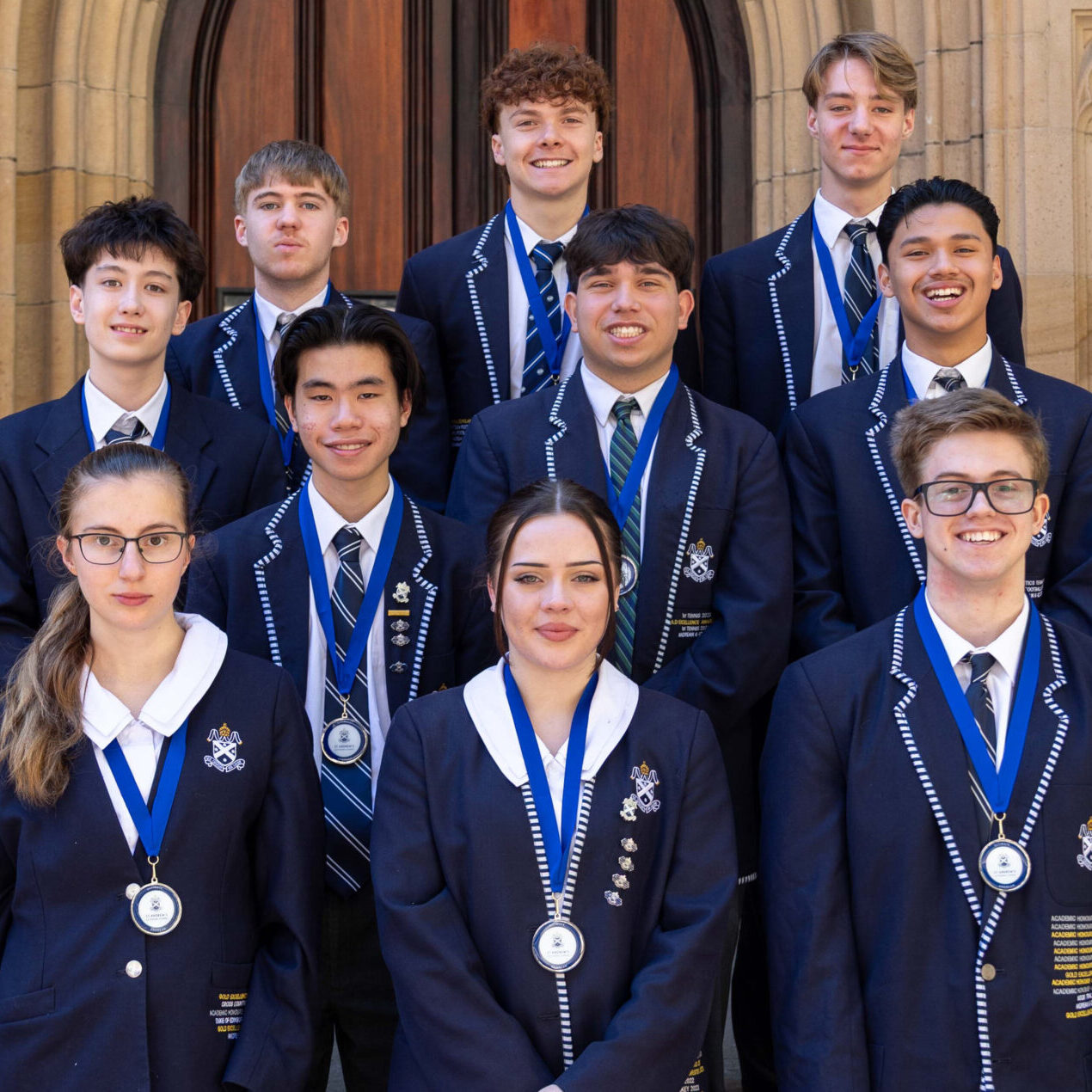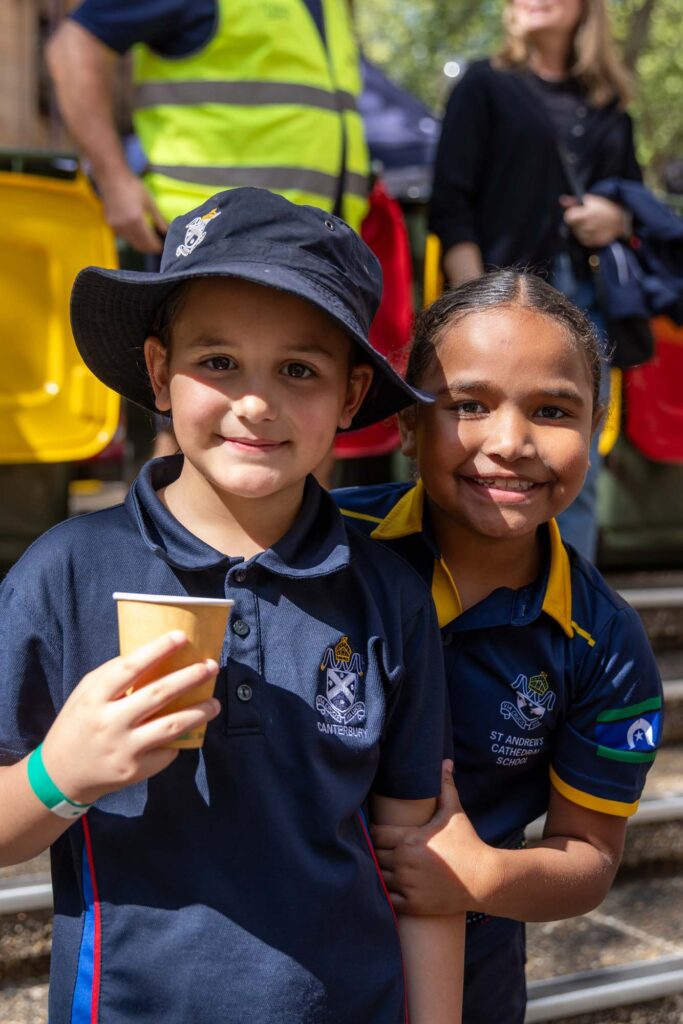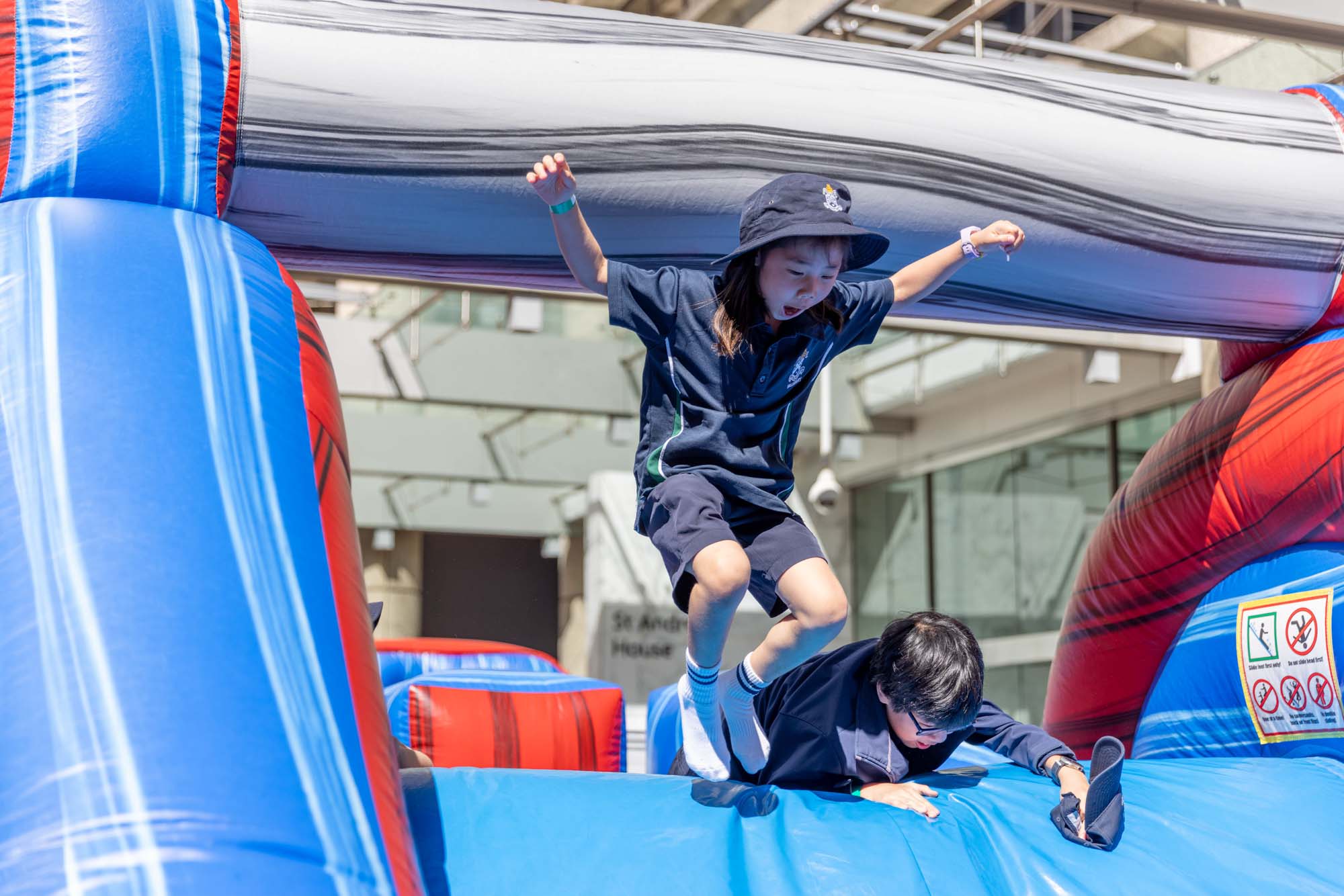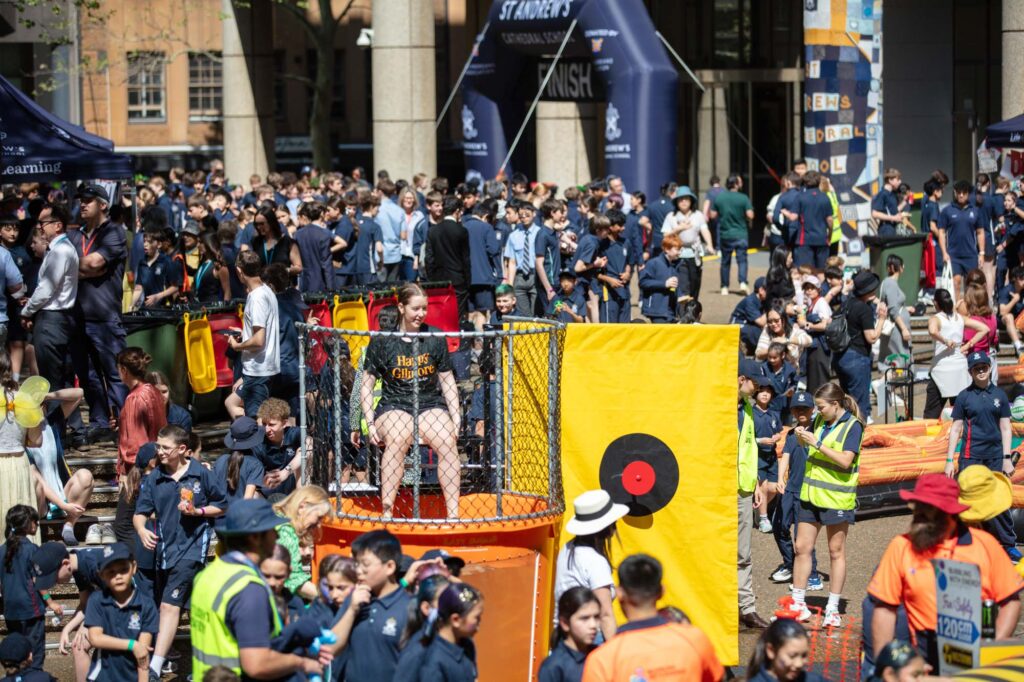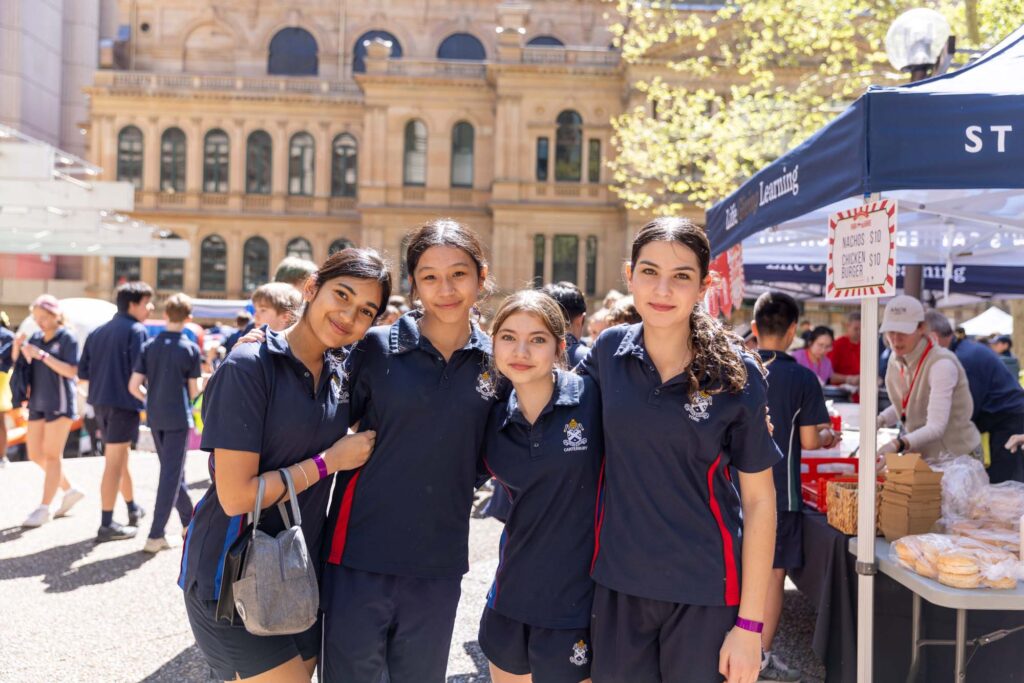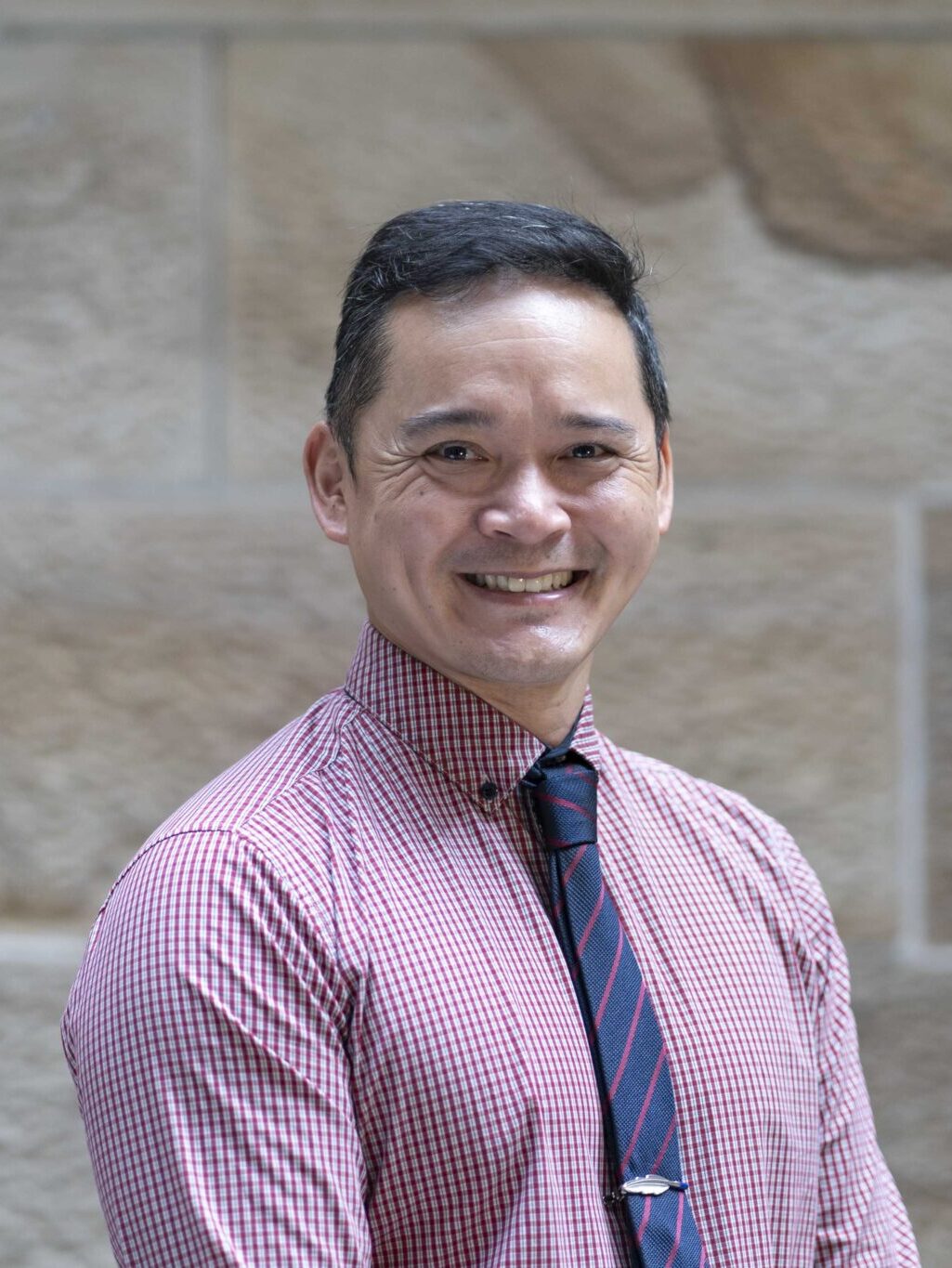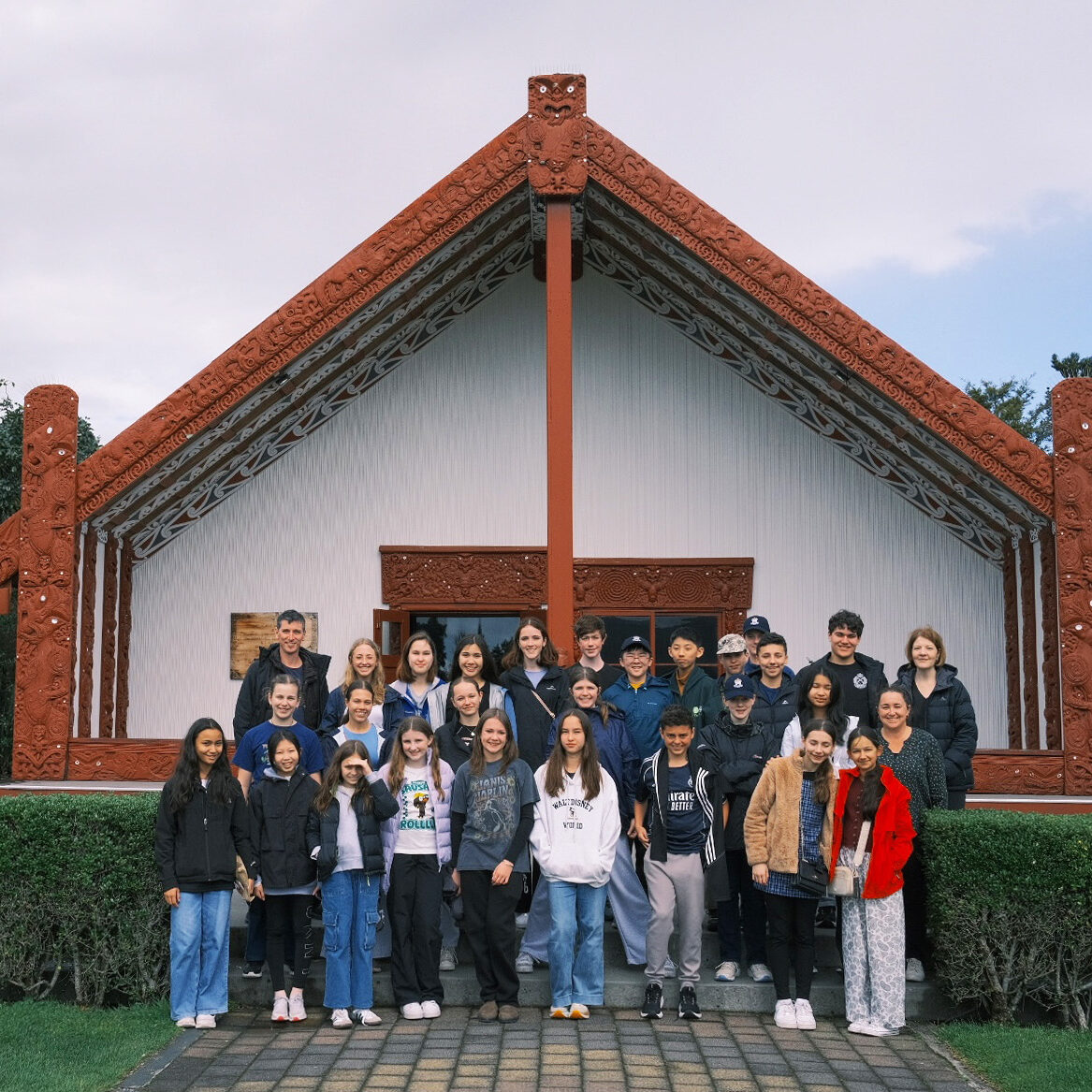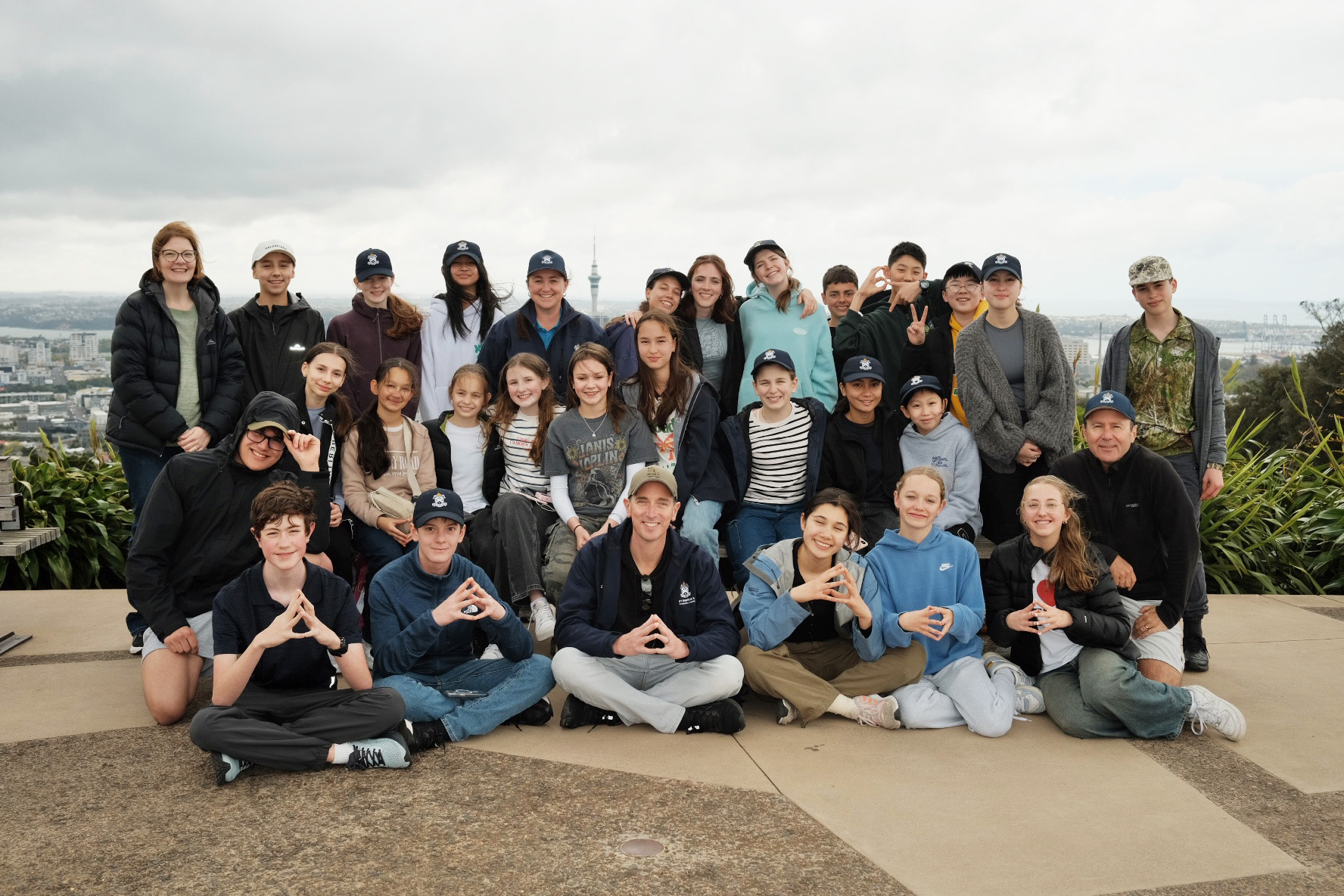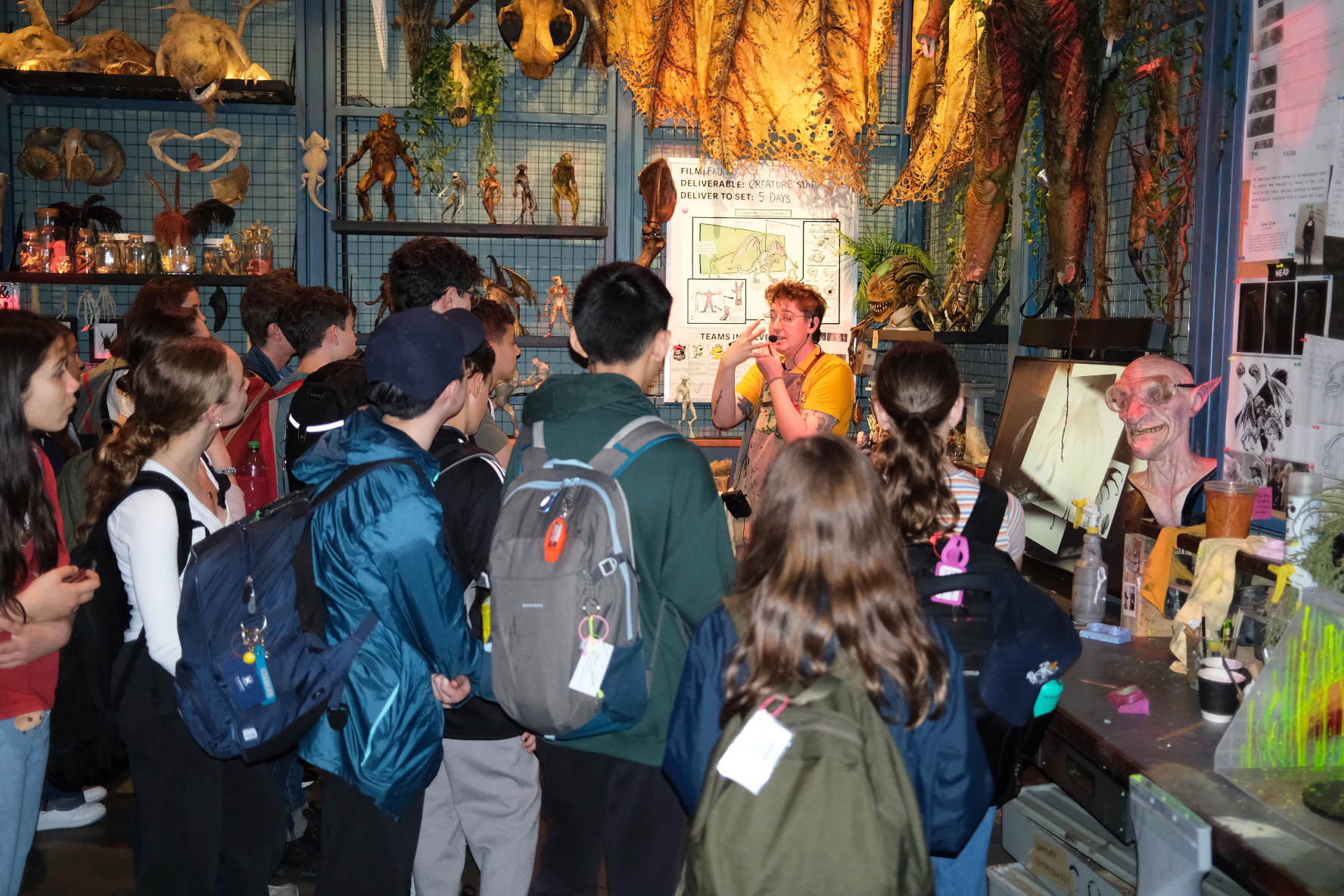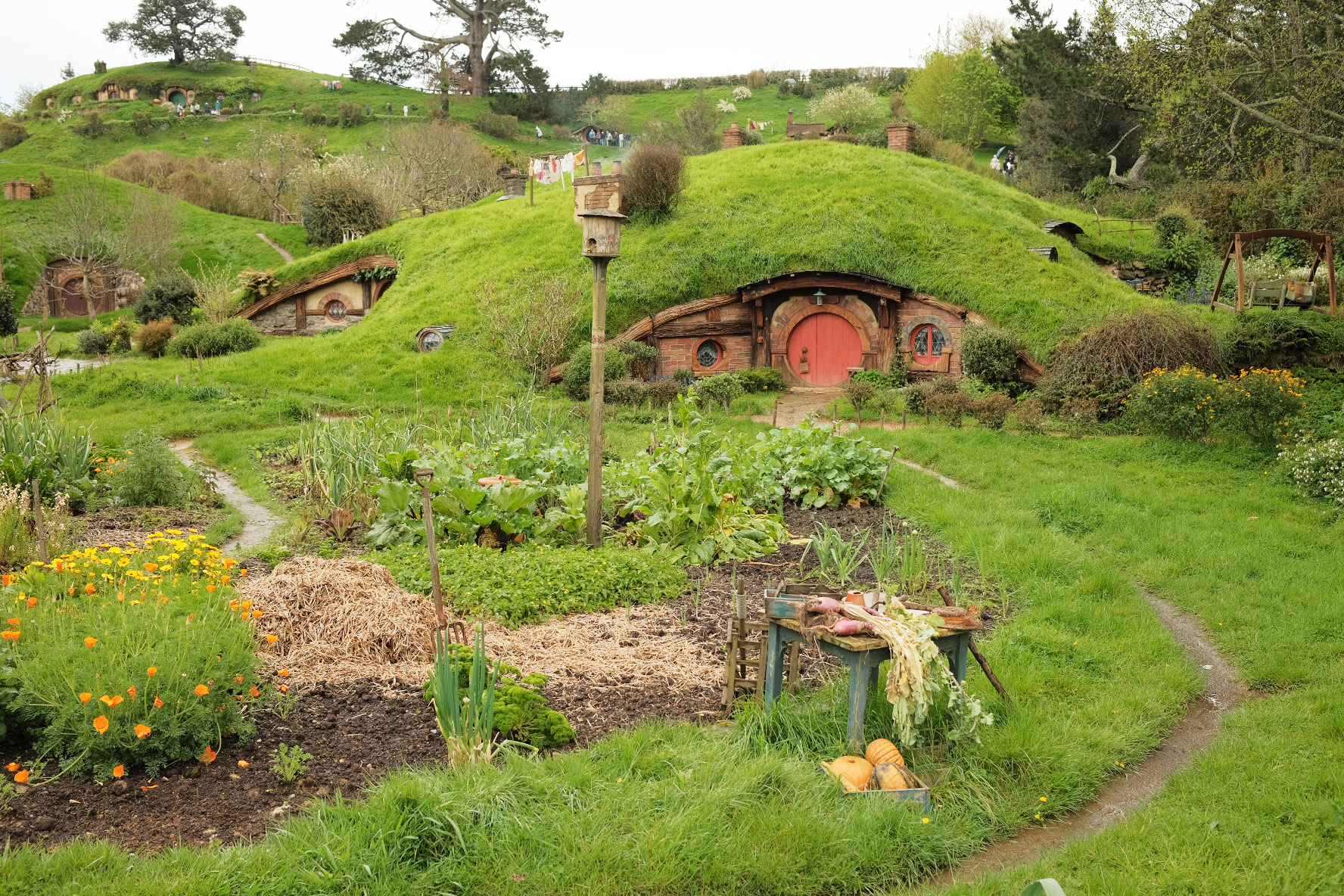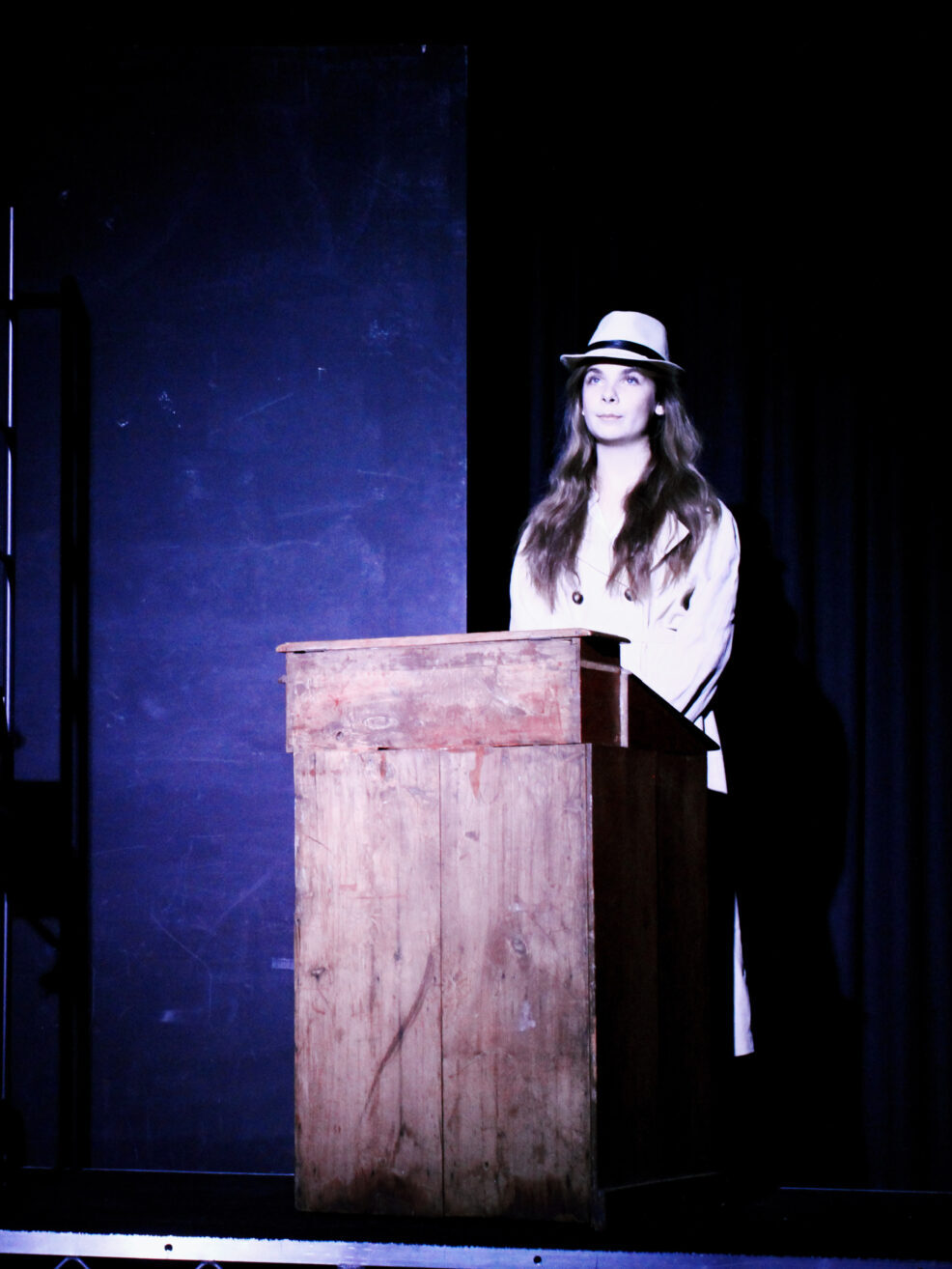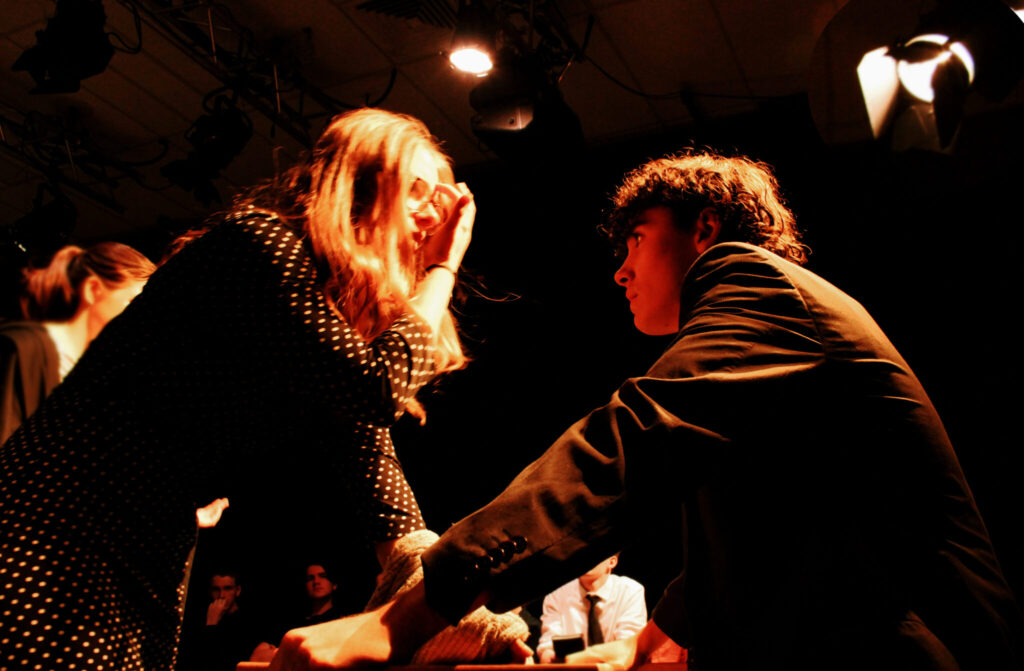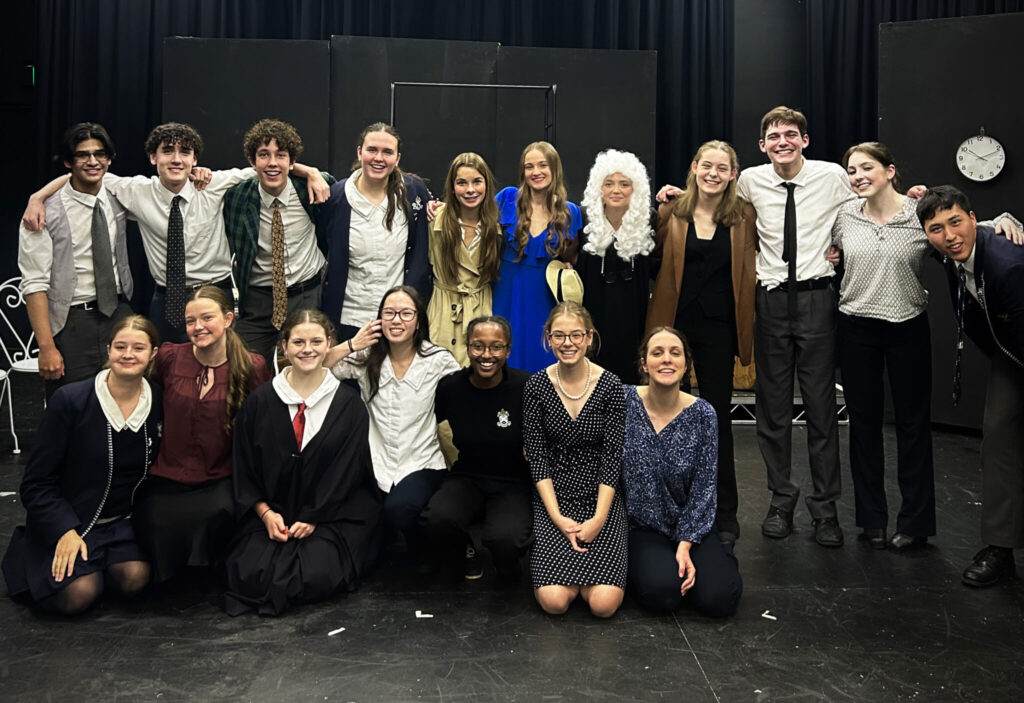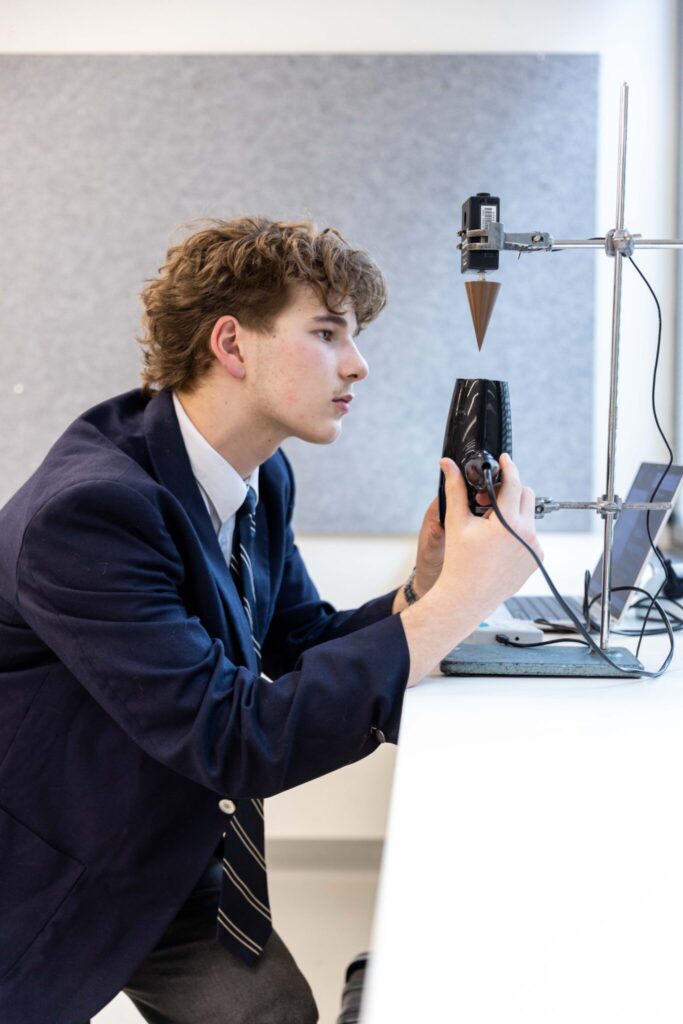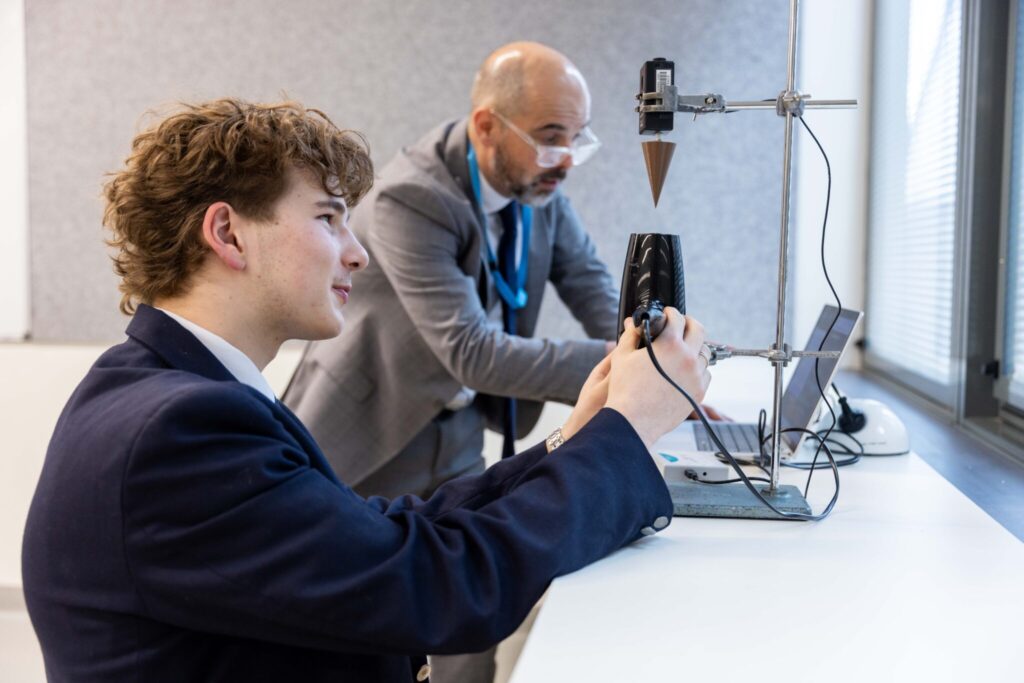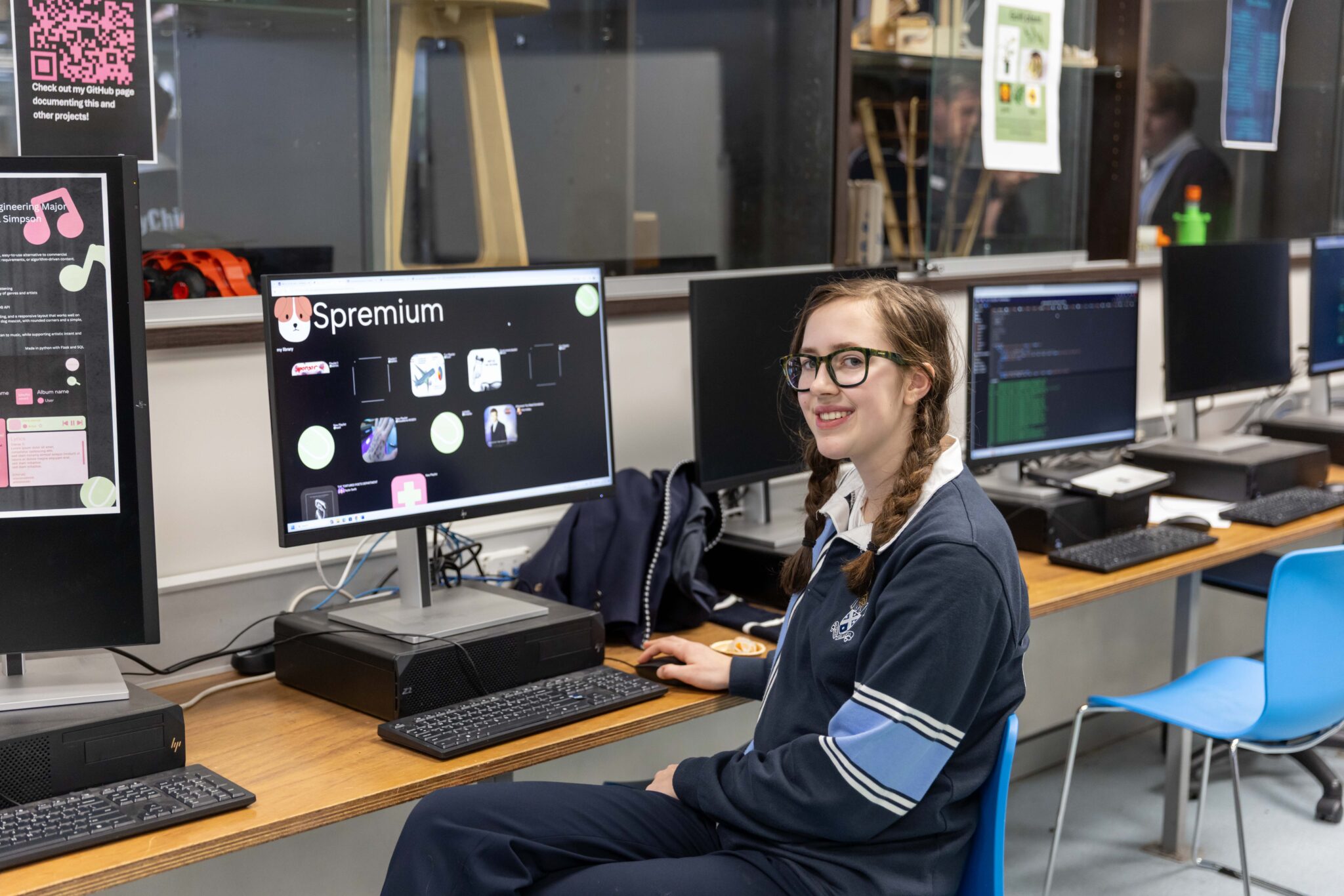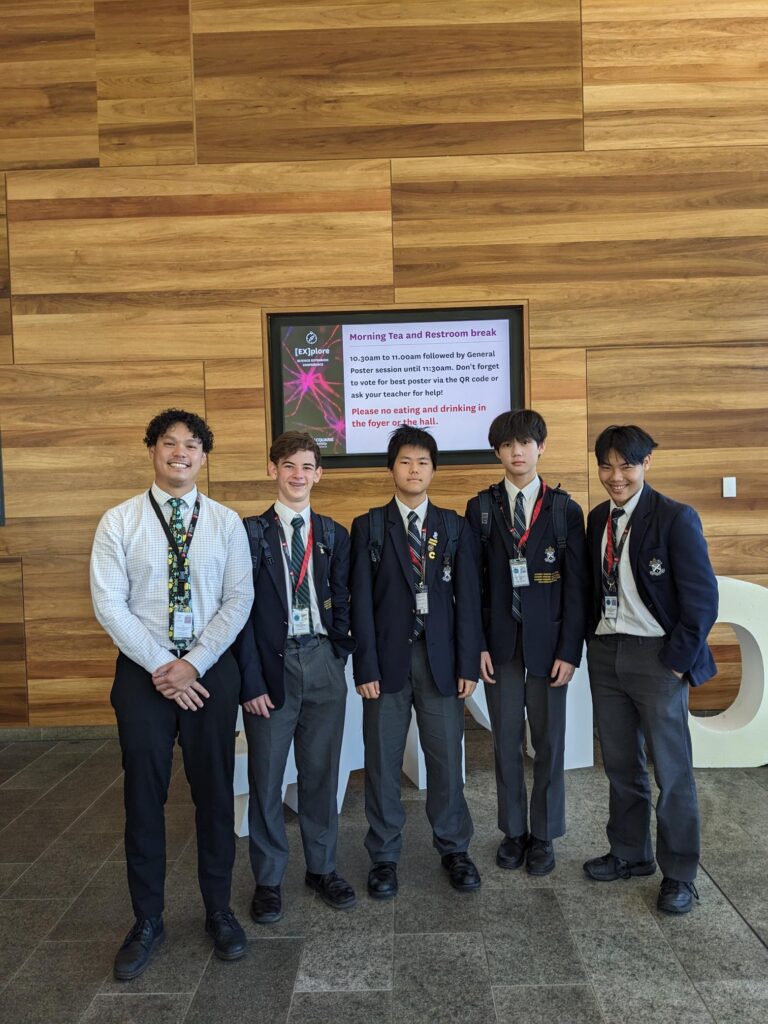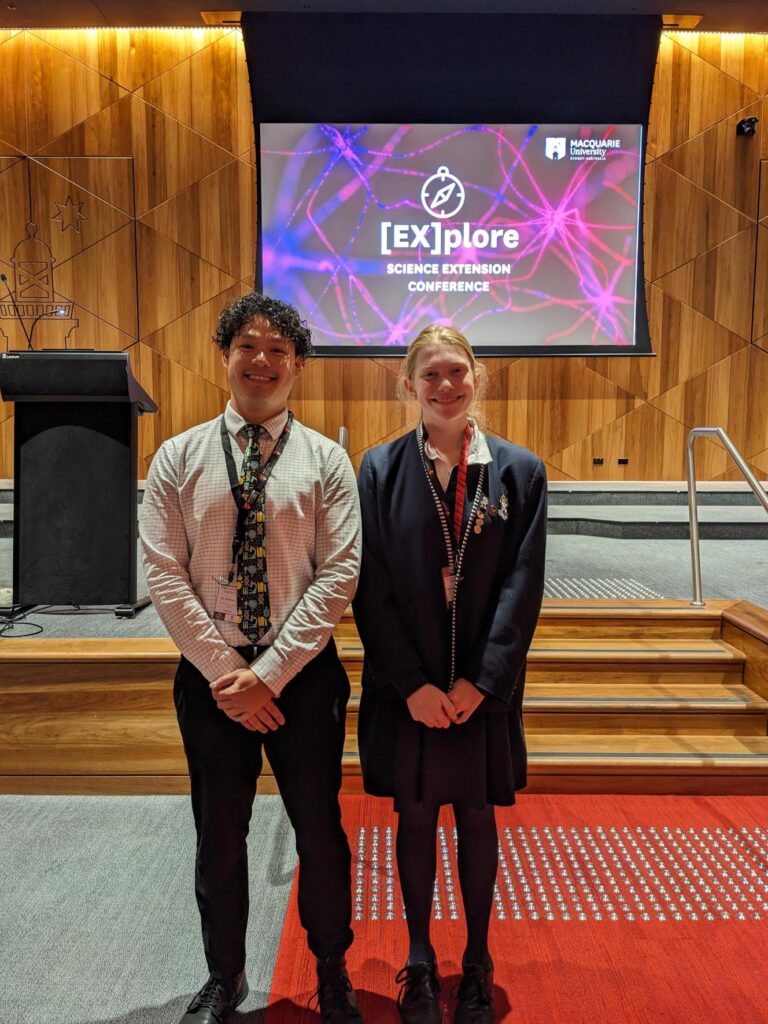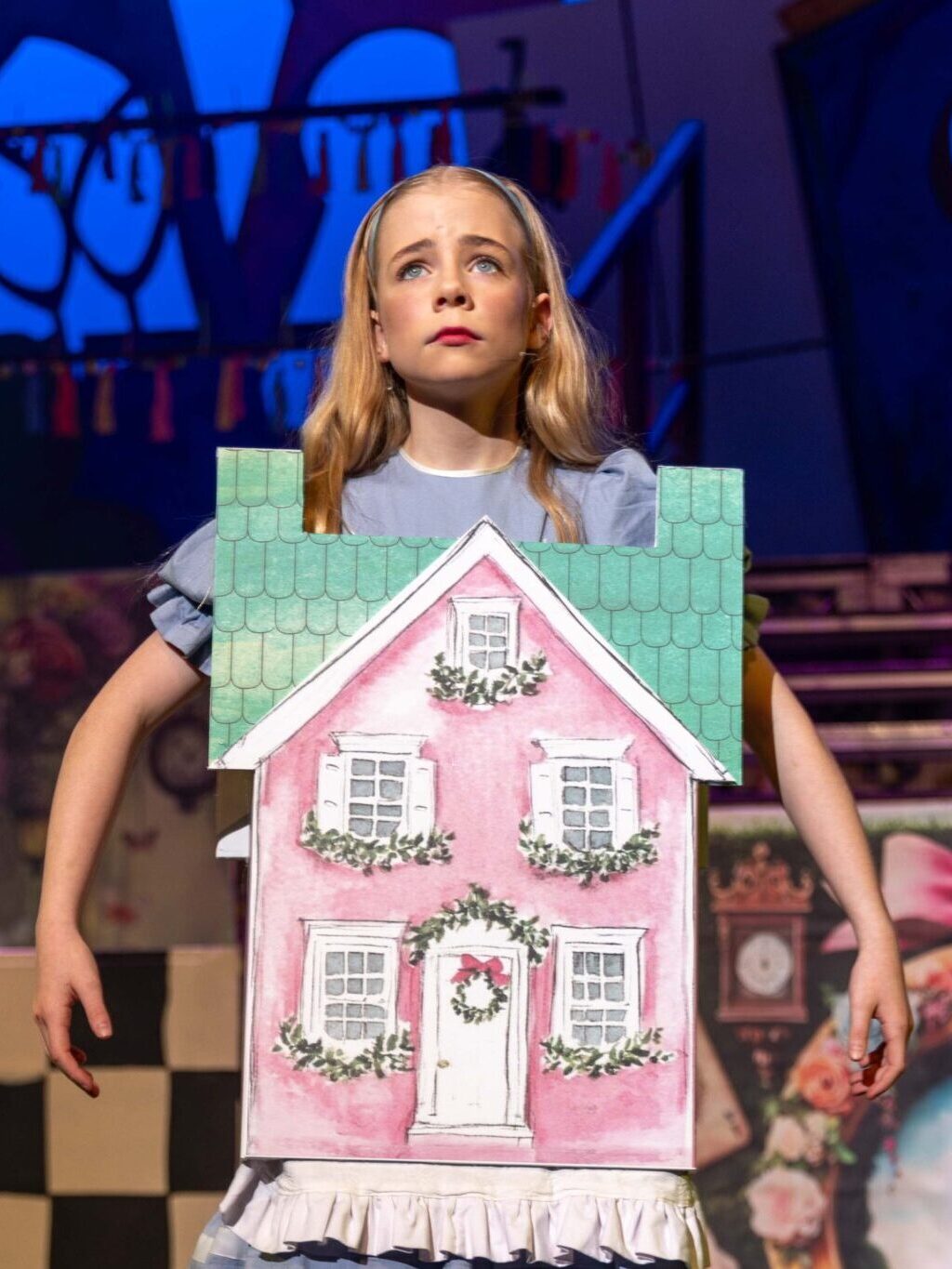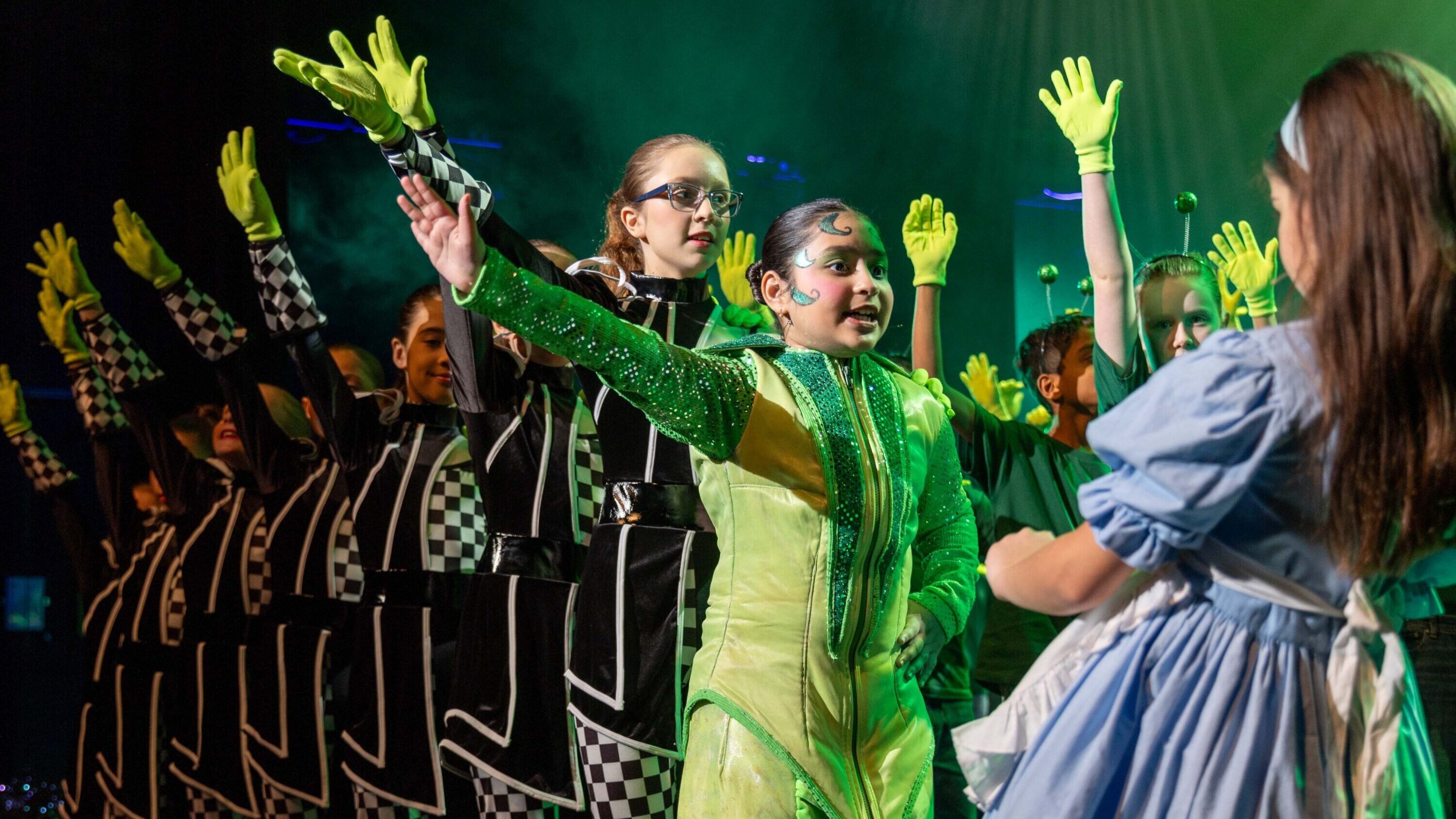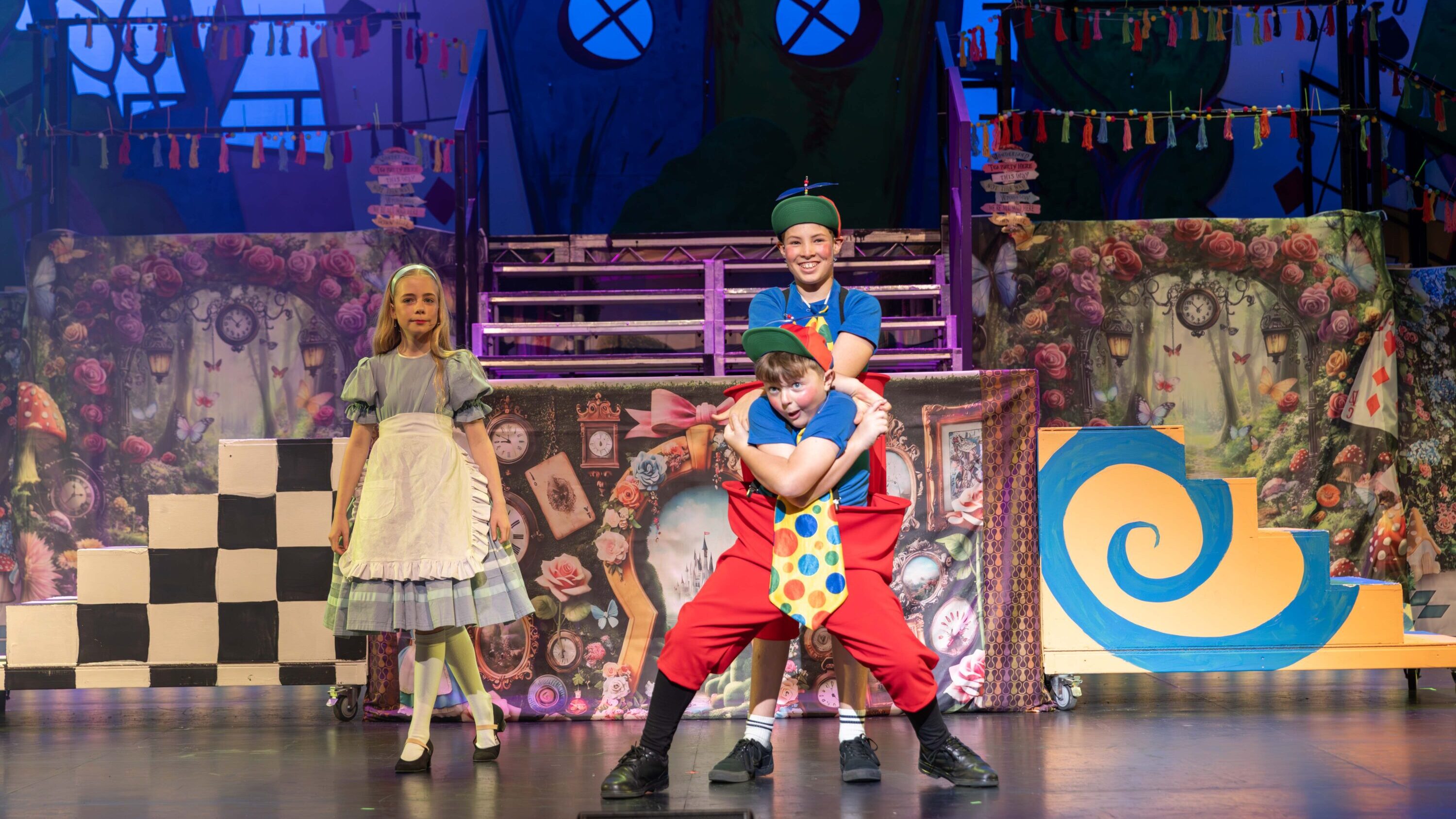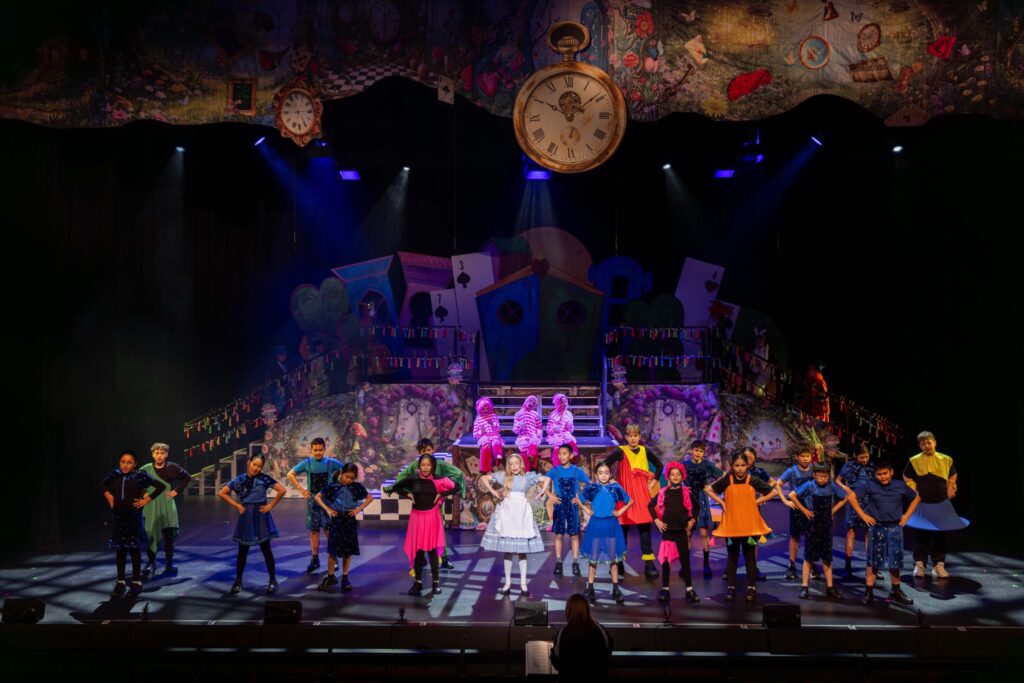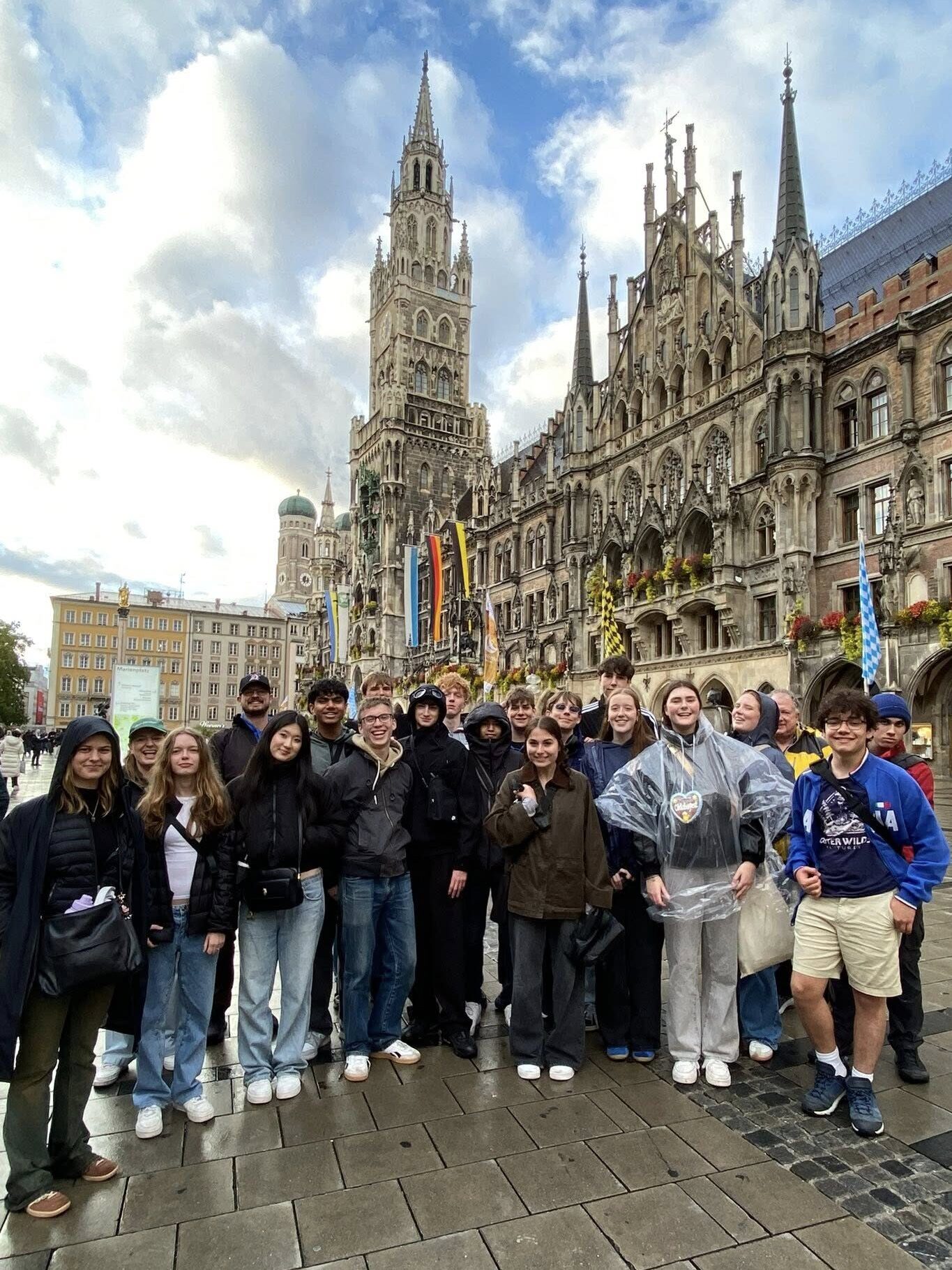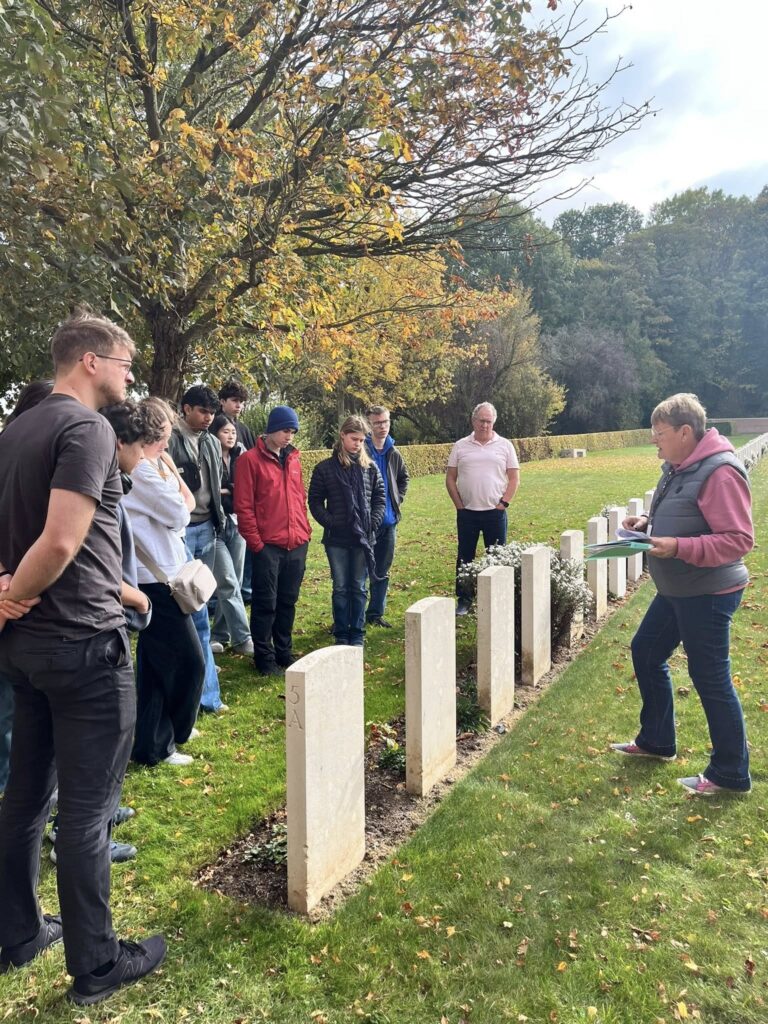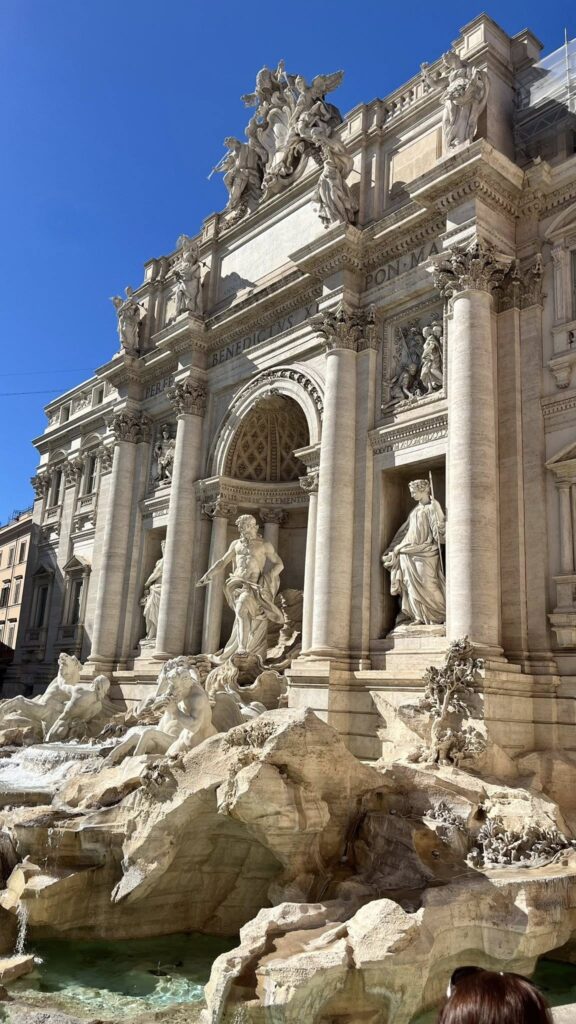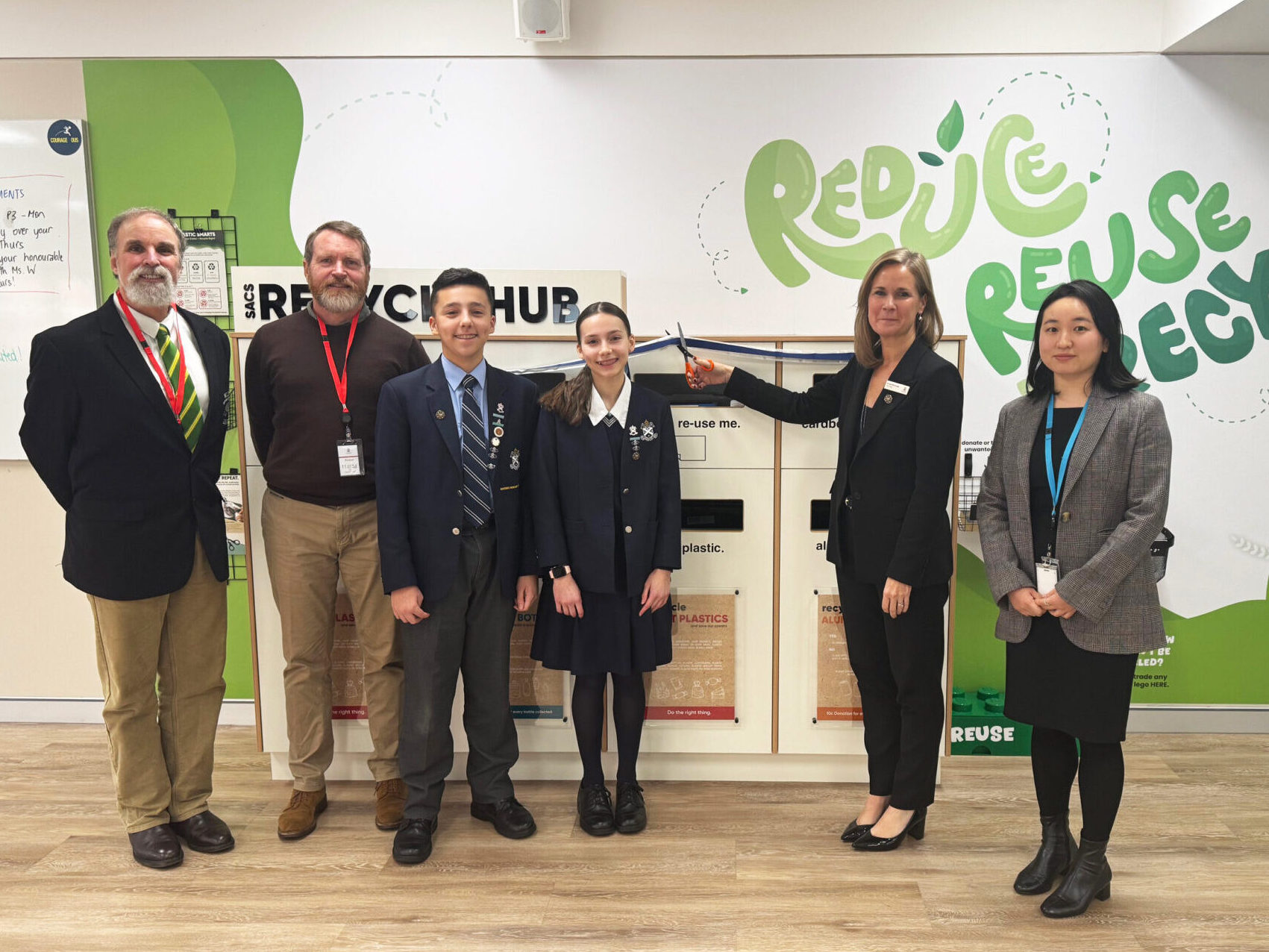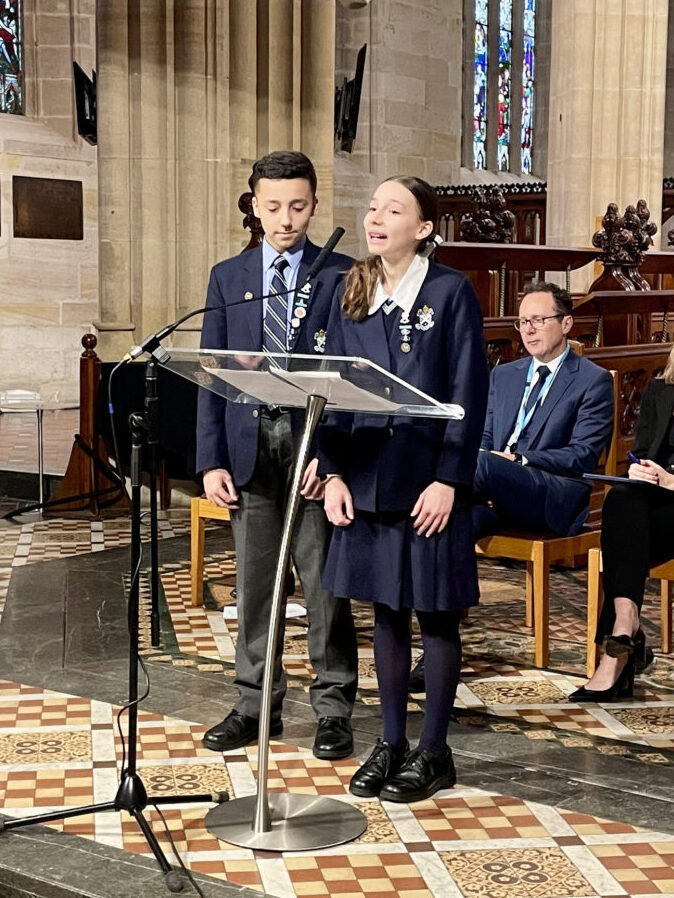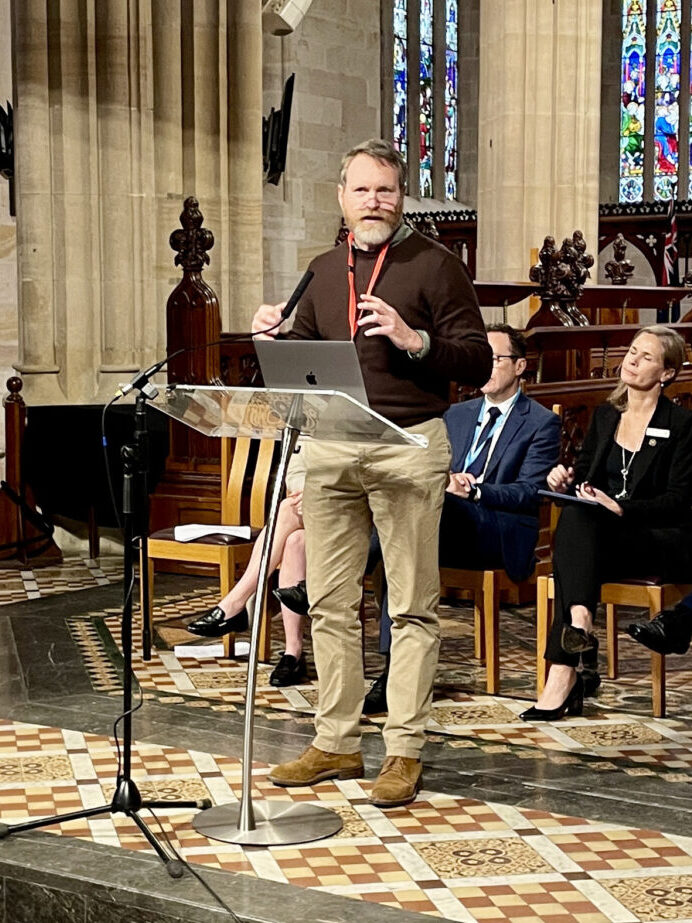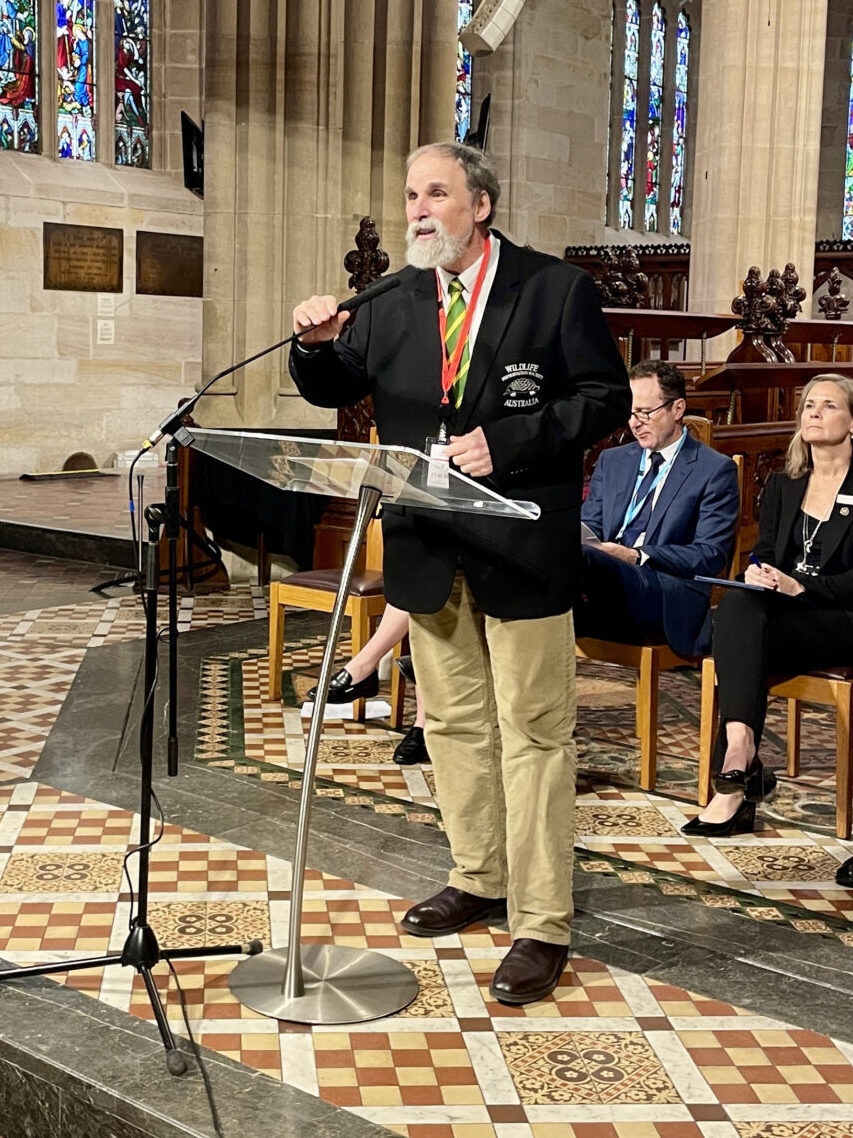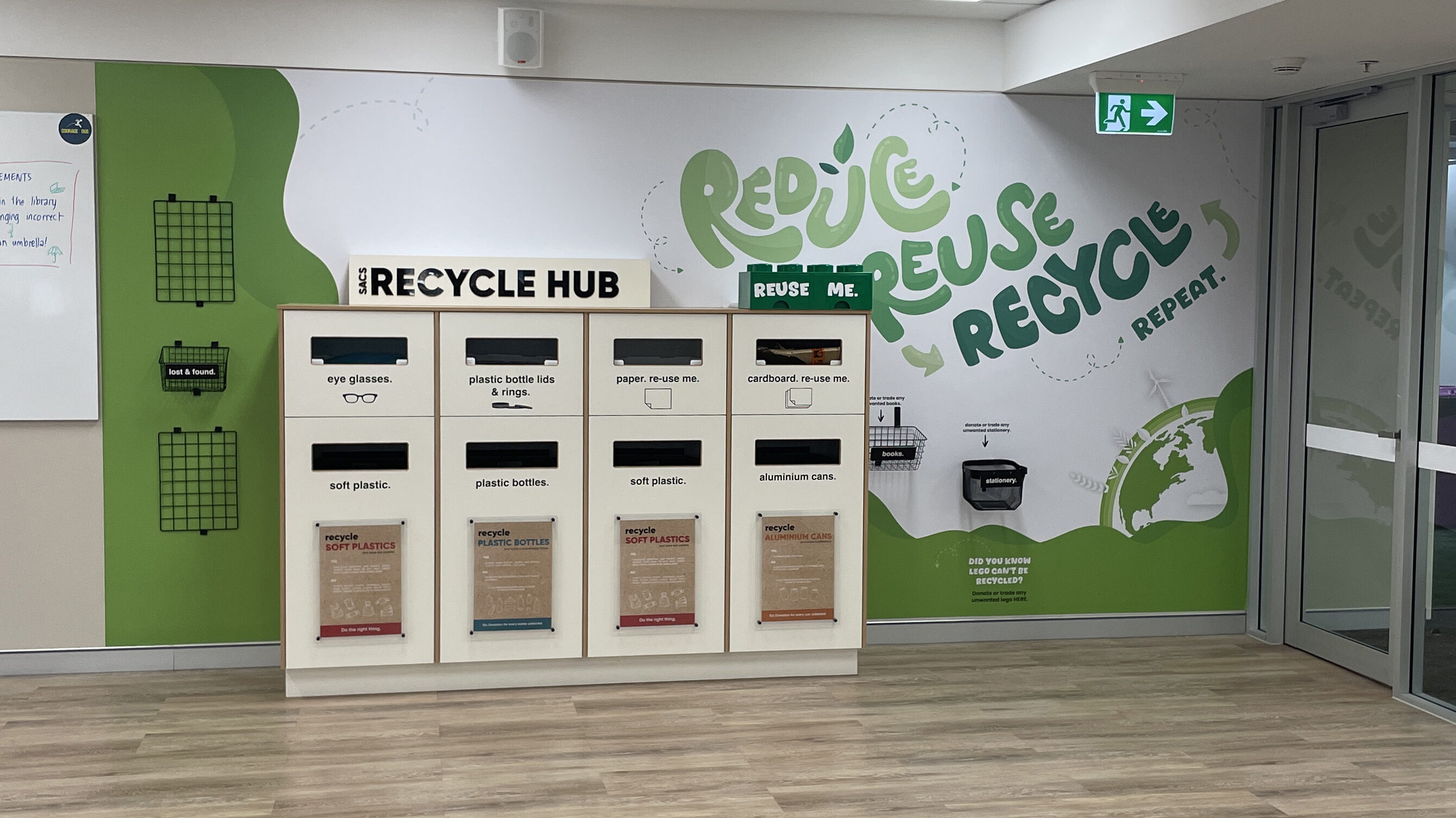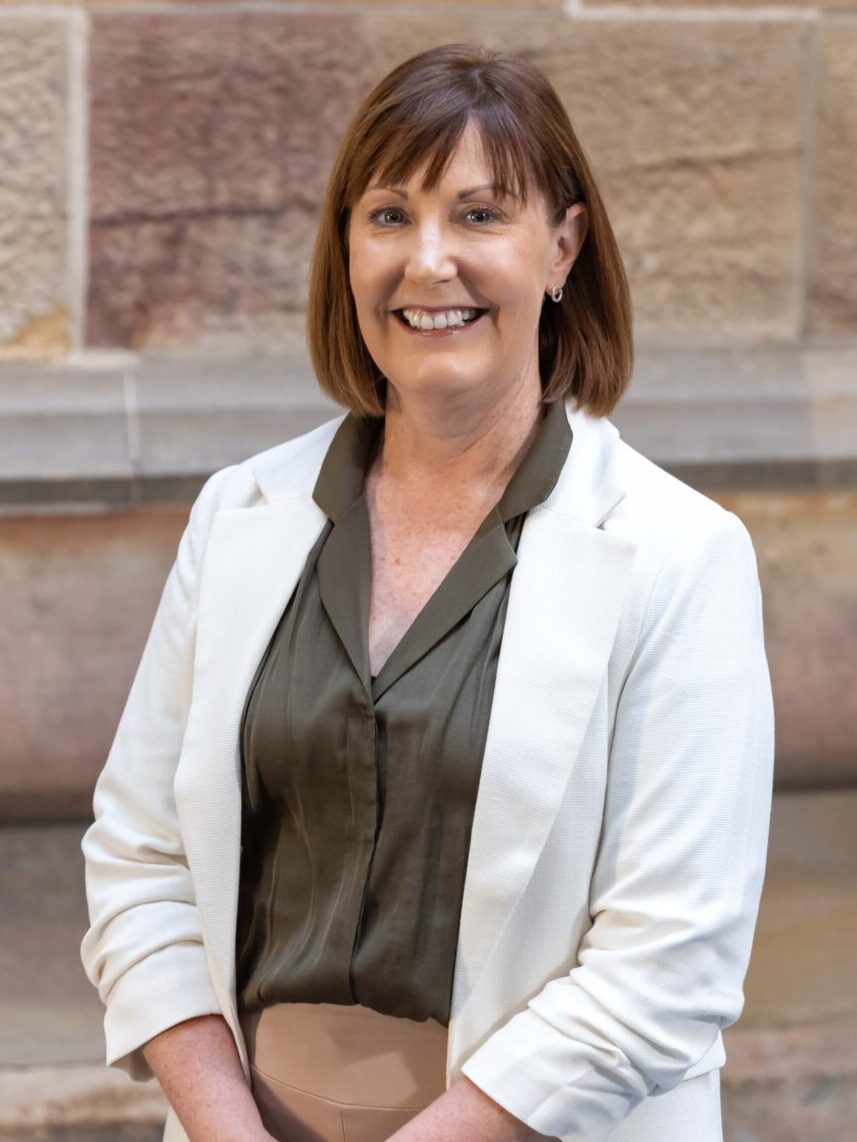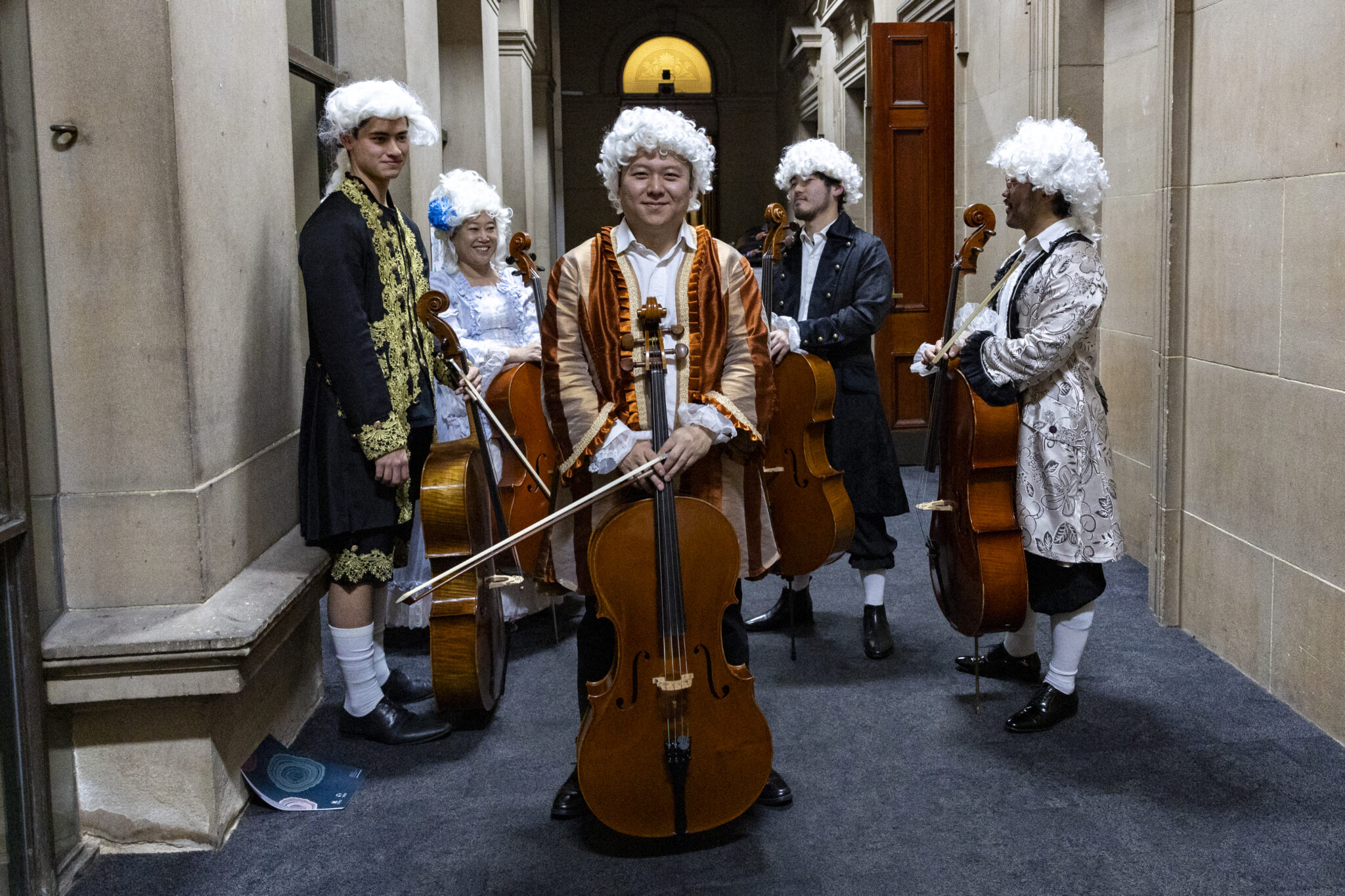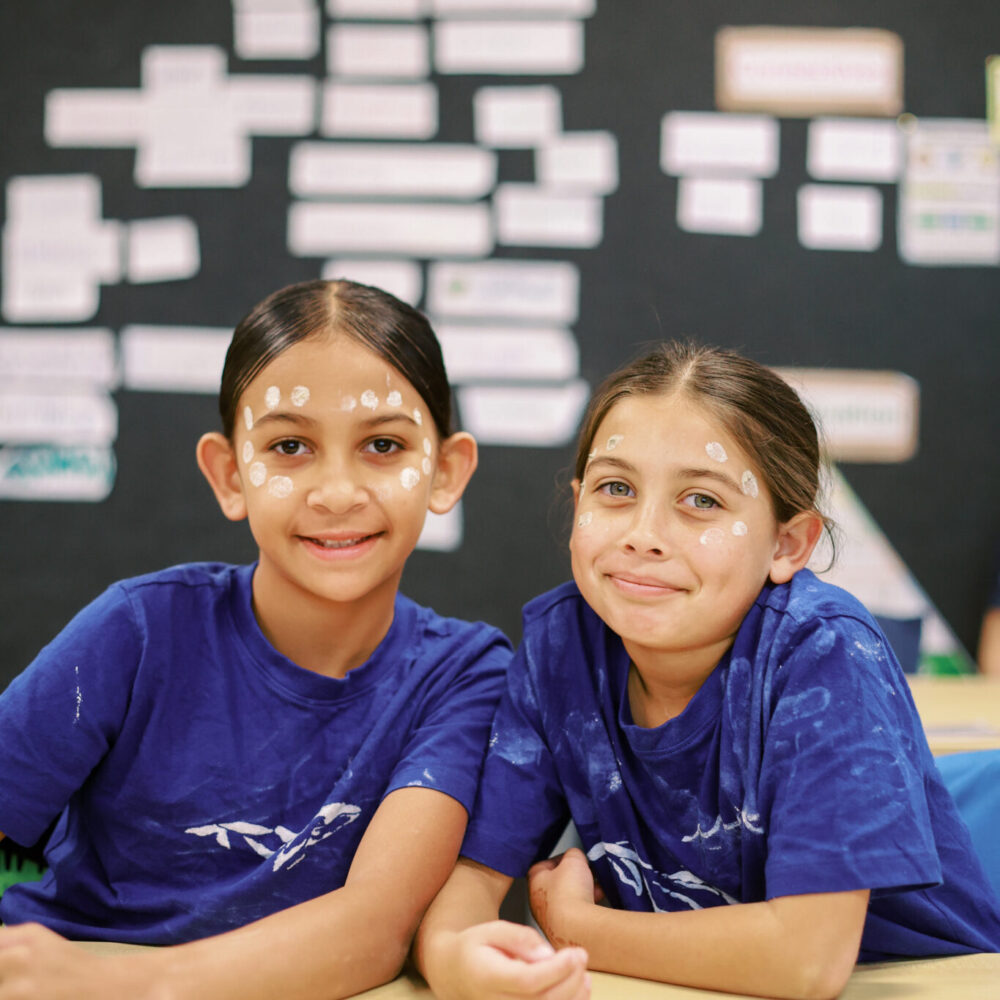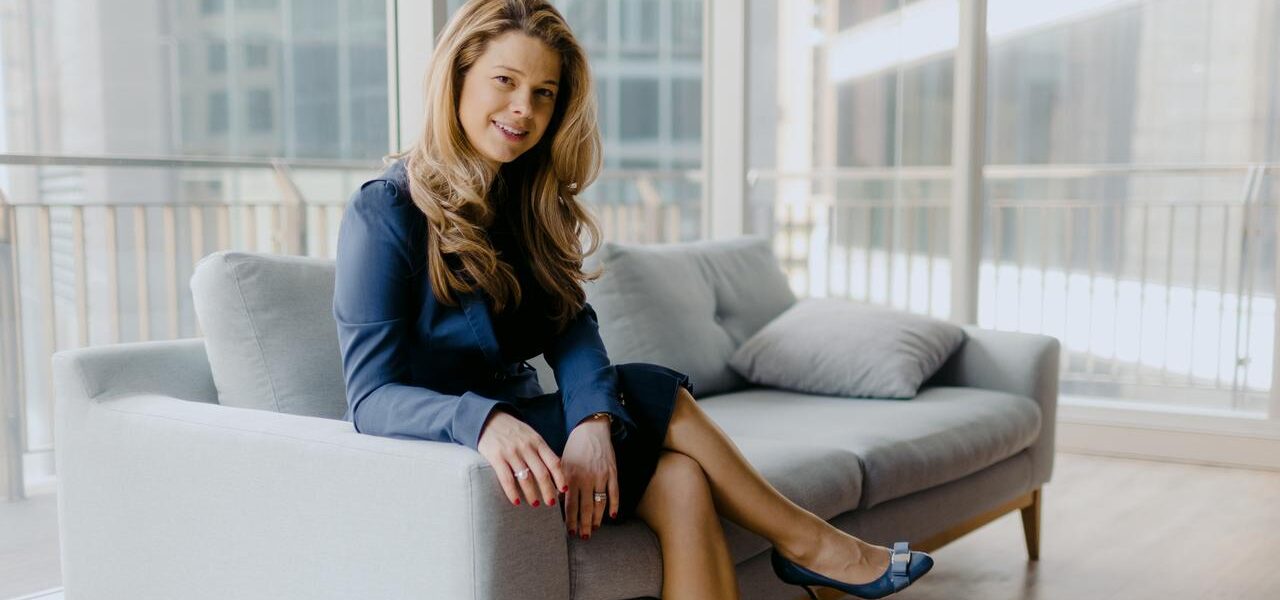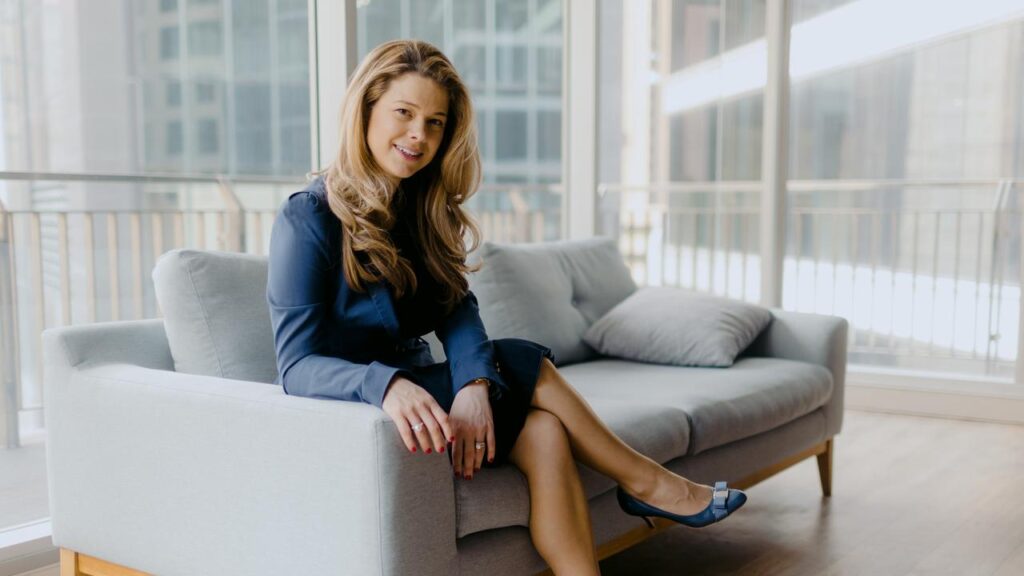Co-curricular activities get an exciting new boost
Co-curricular activities get an exciting new boost
Mr Selwyn Wu will bring his signature energy and creativity to new co-curricular role at St Andrew’s Cathedral School.
By Marcia Svendsen
St Andrew’s Cathedral School places great value on co-curricular activities. The areas of Sport, Music, Drama, Outdoor Education and the plethora of other exciting opportunities outside the classroom, all play a crucial role in our students’ lives. Each of these diverse opportunities engage and challenge students to explore their gifts, follow their passions and develop expertise and character, no matter what age or stage they’re at.
With that in mind, St Andrew’s Cathedral School has launched a new role to support the broad and growing co-curricular space. Mr Selwyn Wu has since been appointed and will take up these new duties in October 2025.
Importantly, Selwyn recognises true education extends far beyond the walls of the classroom. While academic instruction lays the foundation for knowledge and skills, it is often through experiences outside the classroom – such as cocurricular activities – that students develop resilience, empathy and a deeper sense of self. The insights and maturity gained through these moments often circle back into their learning – enhancing their ability to collaborate, think critically and approach problems with creativity and emotional intelligence.
When students are encouraged to connect their personal development with their academic journey, they become more engaged, reflective learners – better equipped not only to succeed in school but to thrive in life.
Tell us about your new co-curricular role. What does it involve?
The role of Deputy Co-curricular has been created to bring the various components of co-curricular activities together, so that the experience for students is more cohesive and accessible. My hope is that students will be able to enjoy more of the opportunities we offer, without having to miss out on one for the other, wherever possible.
“My hope is that students will be able to enjoy more of the opportunities we offer.”
I’ll be working closely with the talented and passionate staff who lead these programmes, as well as directly with students themselves. Together, we’ll create spaces where students are encouraged to grow, challenge themselves and support one another. I want to see St Andrew’s Cathedral School students stepping into these opportunities with courage and curiosity, developing attitudes and character shaped by deep engagement and reflection.
Time and again, I’ve seen students discover something profound about themselves – moments that become core memories or stepping stones to greater things. Whether it’s their first abseil, nervously singing in a packed Town Hall, or taking place in their first interschool debate, these experiences leave lasting impressions and help shape who they are becoming.
My hope is that every student finds a place of connection and joy in our co-curricular life—where they feel seen, stretched and inspired to grow.
What do you enjoy about working at St Andrew’s Cathedral School?
One of the things I’ve most appreciated about the School is the breadth of opportunities I’ve had to grow and contribute as an educator. I became a teacher to have a positive influence on young people and the School has allowed me to fulfil that purpose in many different roles.
“I’m passionate about seeing students flourish in their own way. Every student is uniquely gifted in both ability and character.”
I’m passionate about seeing students flourish in their own way. Every student is uniquely gifted in both ability and character, and I love that the School offers such a wide range of opportunities. Whether in the classroom, concert hall, canyon, court or centre stage – we allow each young person to explore, grow and thrive in their own journey.
From a professional perspective, at St Andrew’s Cathedral School I’ve had intentional leaders who have recognised strengths in me that I didn’t yet see in myself, and that support has kept me motivated and growing as an educator.
This School is a vibrant, fast-paced environment where the work is incredibly rewarding but also complex and demanding. The way staff collaborate, support each other and remain committed to the shared goal of shaping students’ learning and character is both humbling and inspiring.
How long you have worked at the School and what were your previous roles.
I’m currently in my 23rd year as an educator at St Andrew’s Cathedral School – pretty much half my life has been spent within this remarkable learning community!
After teaching in London, I joined St Andrew’s Cathedral School and have since taught across Kindergarten to Year 6 in the Junior School, been part of the Gifted Programme and spent a few years teaching Design and Technology in the Middle School.
Along the way, I’ve led the Junior School and Gawura School Sport and PE programme and also delivered the Technology curriculum.
More recently, I’ve had the privilege of serving as Deputy of the Junior School, supporting the Junior School and Gawura School community in both pastoral care and administration.
What are some highlights from your time at the School?
Some of the standout memories for me include travelling to the Northern Territory with Junior School students in 2007 and 2008, joining the 2023 Nepal Expedition and taking part in the 2025 European Music Tour.
“There’s something uniquely powerful about sharing experiences outside the school routine – when students and staff alike step up, look after one another and grow together.”
There’s something uniquely powerful about sharing experiences outside the school routine – when students and staff alike step up, look after one another and grow together.
What do you hope to achieve in this new role?
My goal is to support, encourage, and strengthen the School’s co-curricular programmes so that staff and students can collaborate in ways that nurture character, resilience, and authentic relationships. These programmes are not just activities—they are vital spaces where students engage hands-on, explore deeply and grow meaningfully.
“Each co-curricular opportunity is designed to foster growth and experience while building strong relational connections.”
Each co-curricular opportunity is designed to foster growth and experience while building strong relational connections that in turn, enrich classroom learning. When students experience challenge, teamwork and joy in these settings, they develop skills and dispositions – like perseverance, empathy, and self-awareness – that translate directly into their academic lives.
Ultimately, I hope every student feels drawn to these programmes and finds a place of belonging and purpose. By encouraging participation across a wide range of experiences, we aim to cultivate a holistic, joy-filled school journey where the journey is about growth, connection and the confidence to bring their whole selves into every learning space.
What does life outside the School look like for you?
My wife and I have two children who both attend St Andrew’s Cathedral School, which makes for a fun and meaningful overlap between home and school life!
As a family, we enjoy travelling, sharing meals and spending quality time together. We’re also active in our church community, where we serve together as a family music team – each swapping between bass, piano, guitar and drums to make a joyful noise!
When I have downtime, I try to stay fit (shout-out to the School gym!), and music is a constant companion – everything from Radiohead and orchestral works to musical theatre is on regular rotation in our home.
And… I genuinely enjoy vacuuming!

